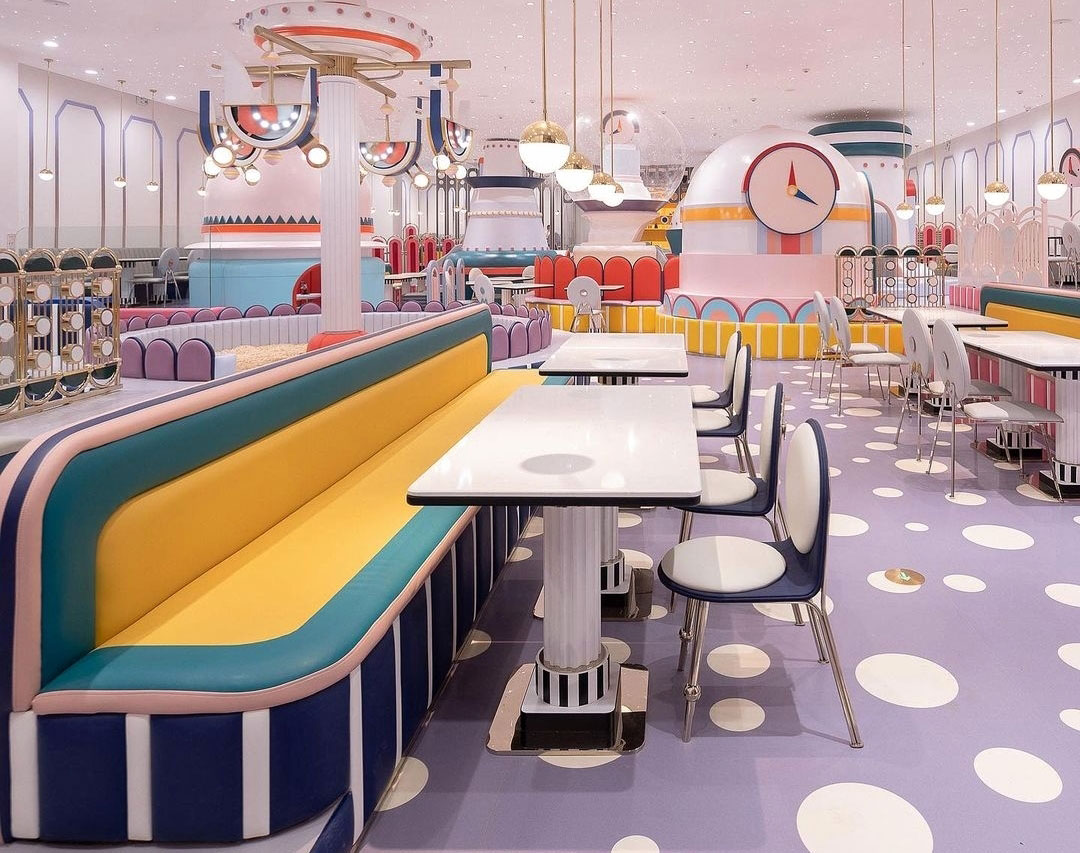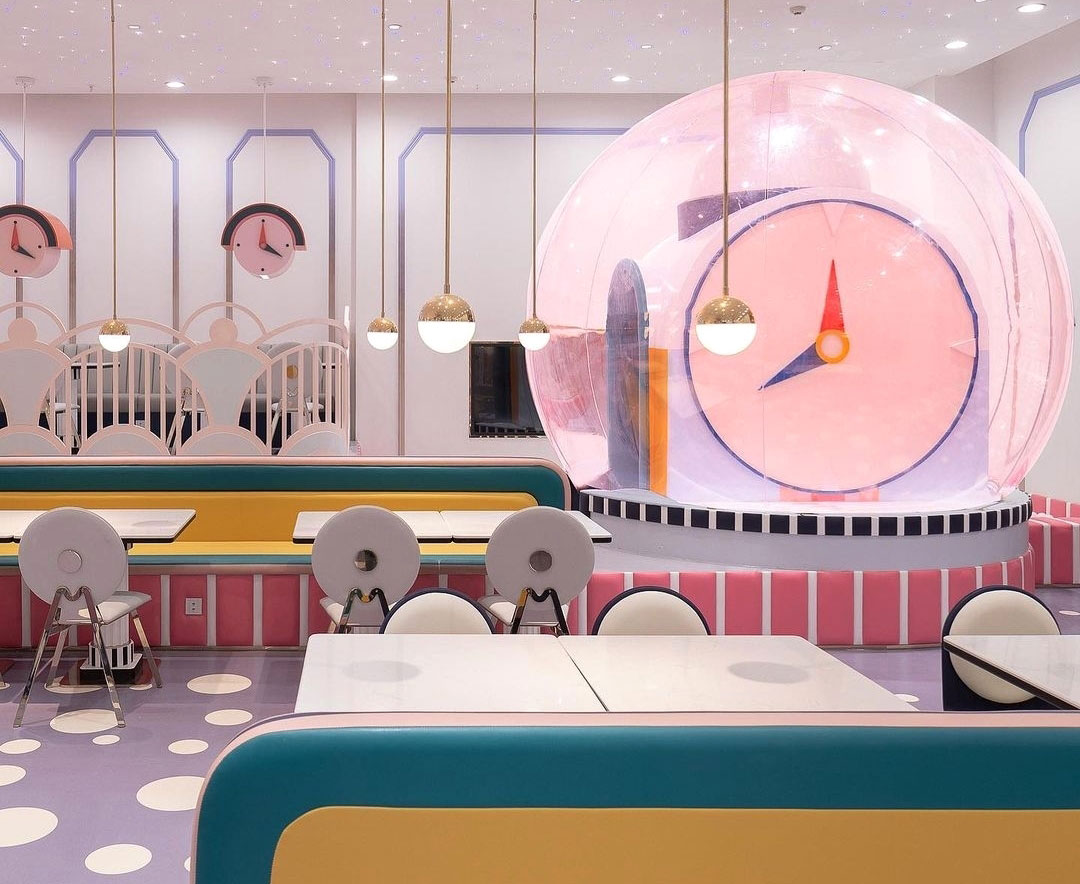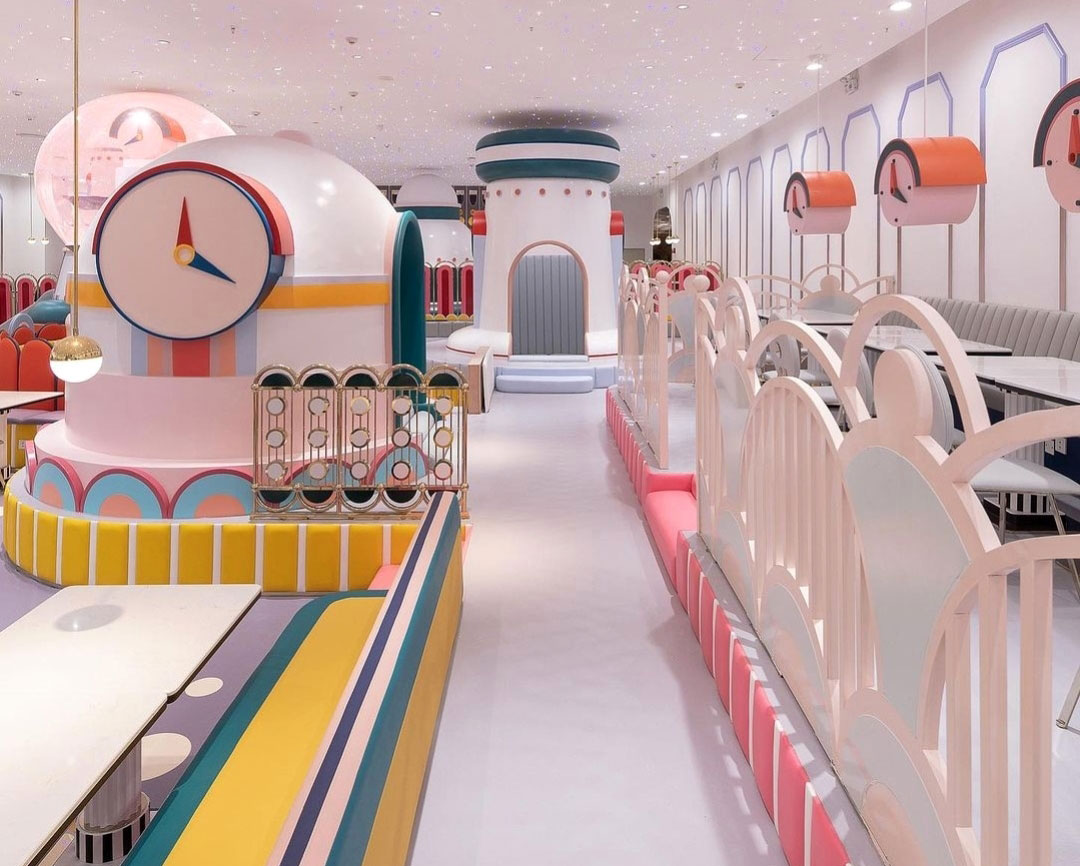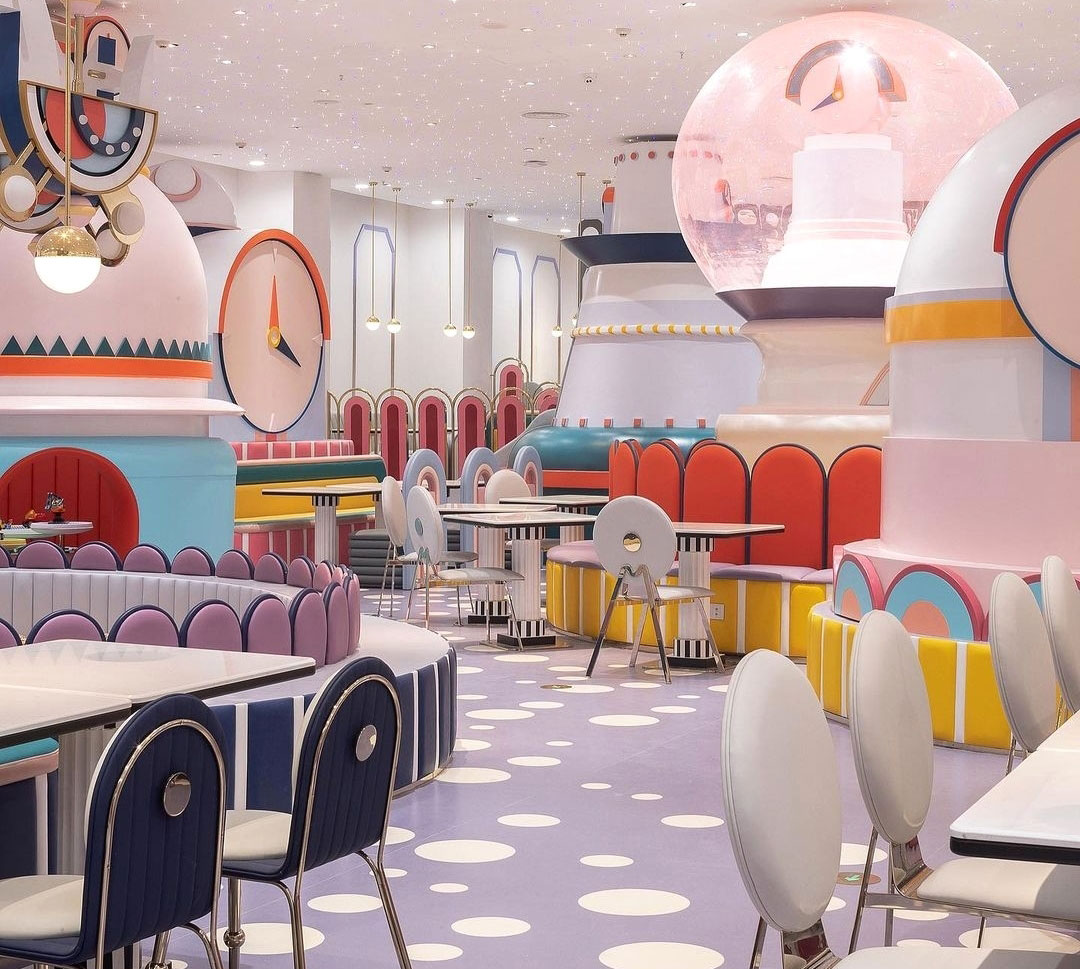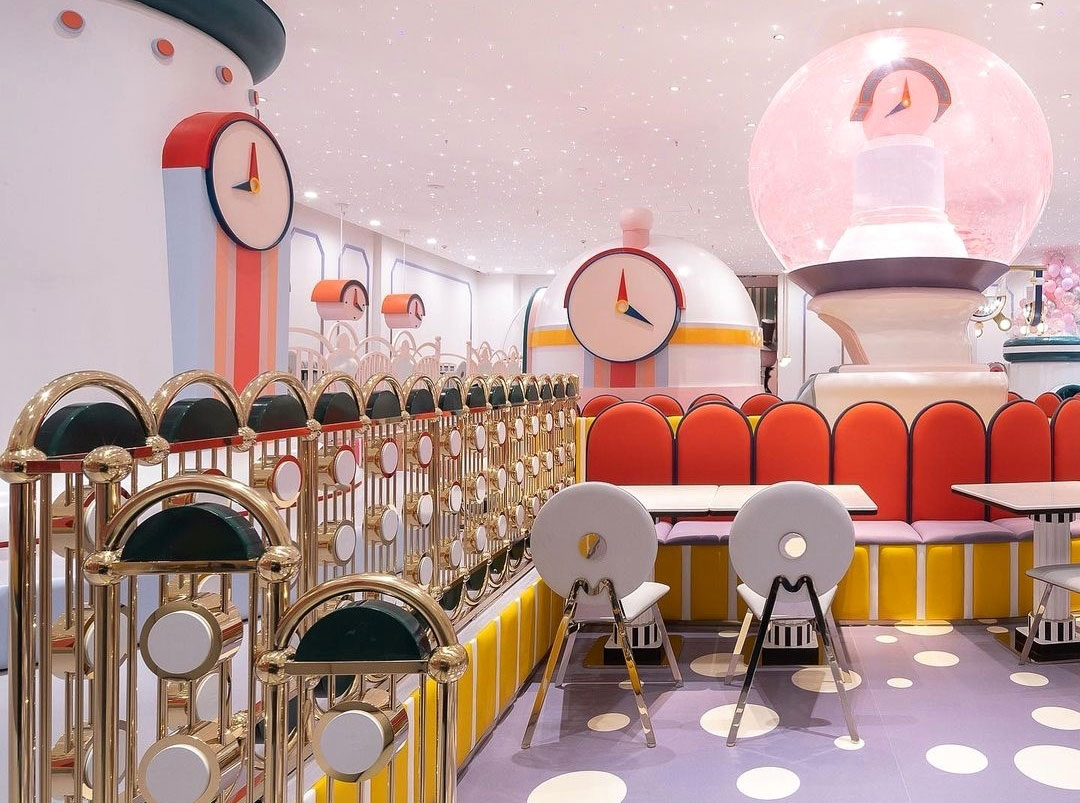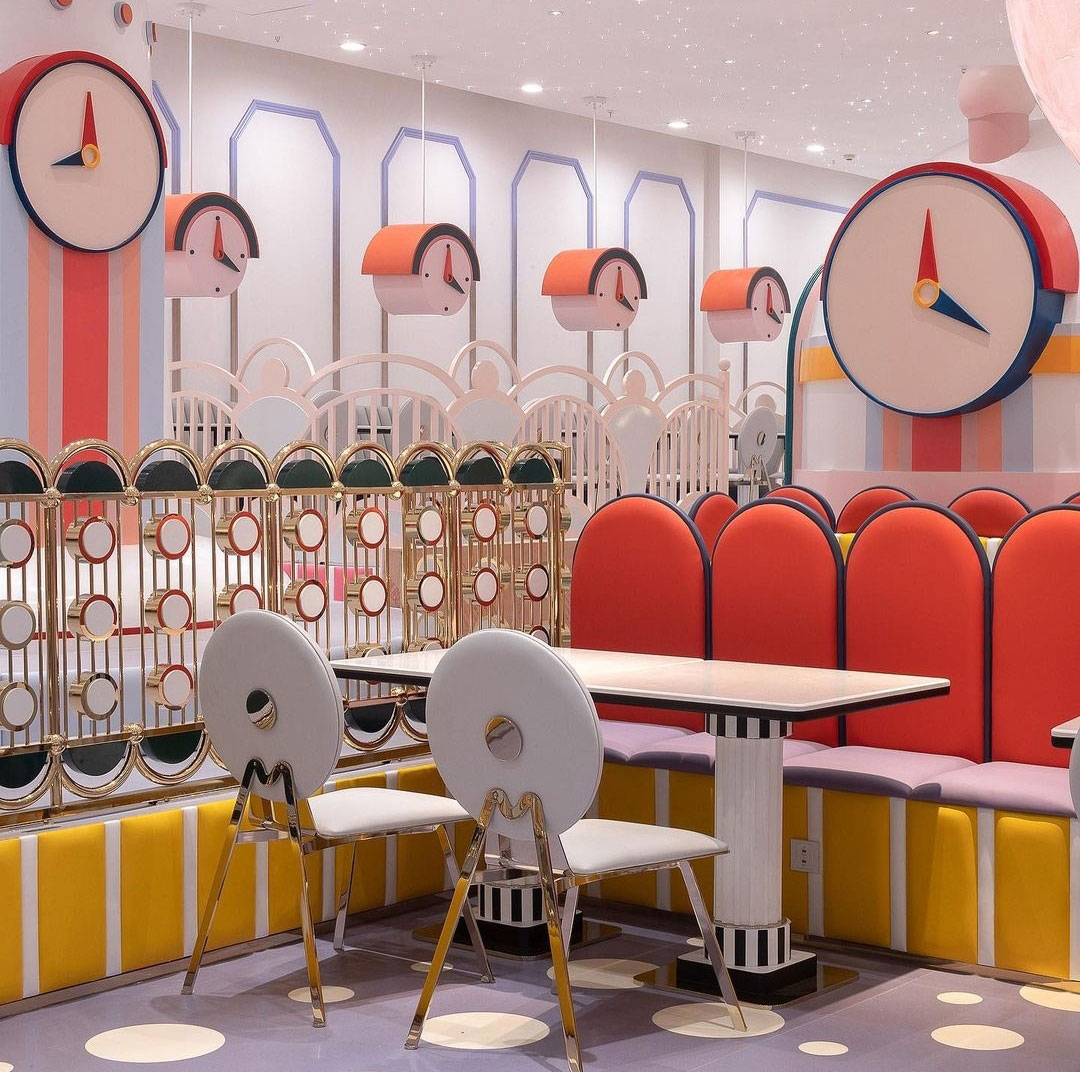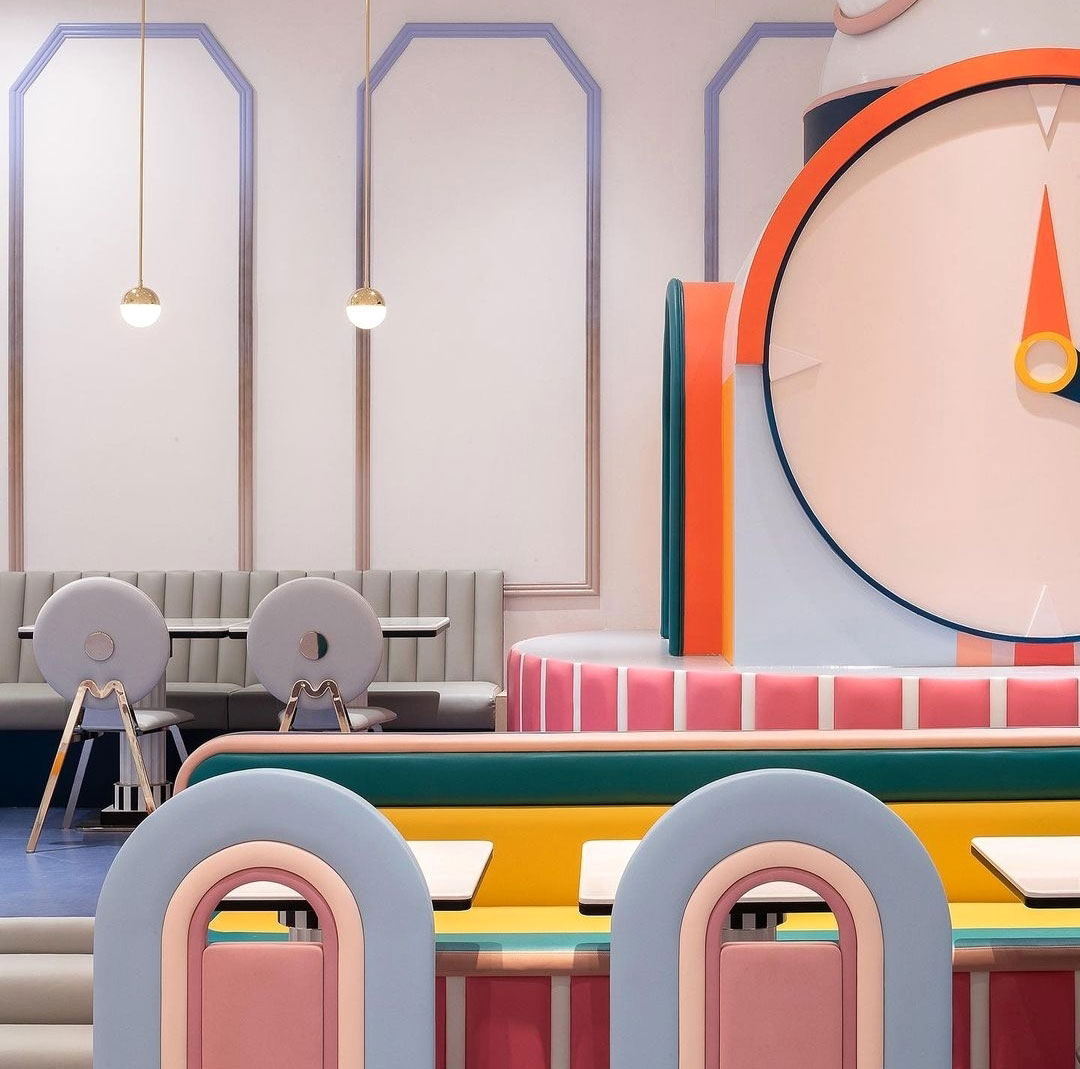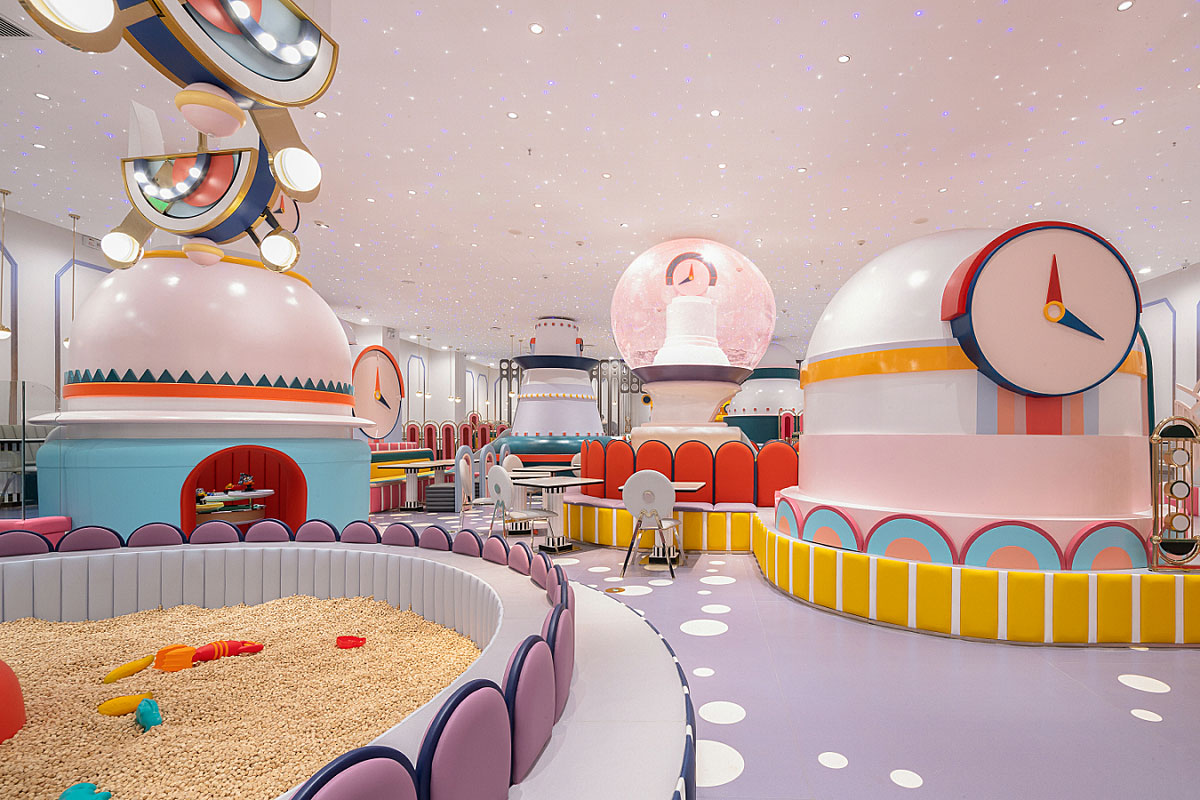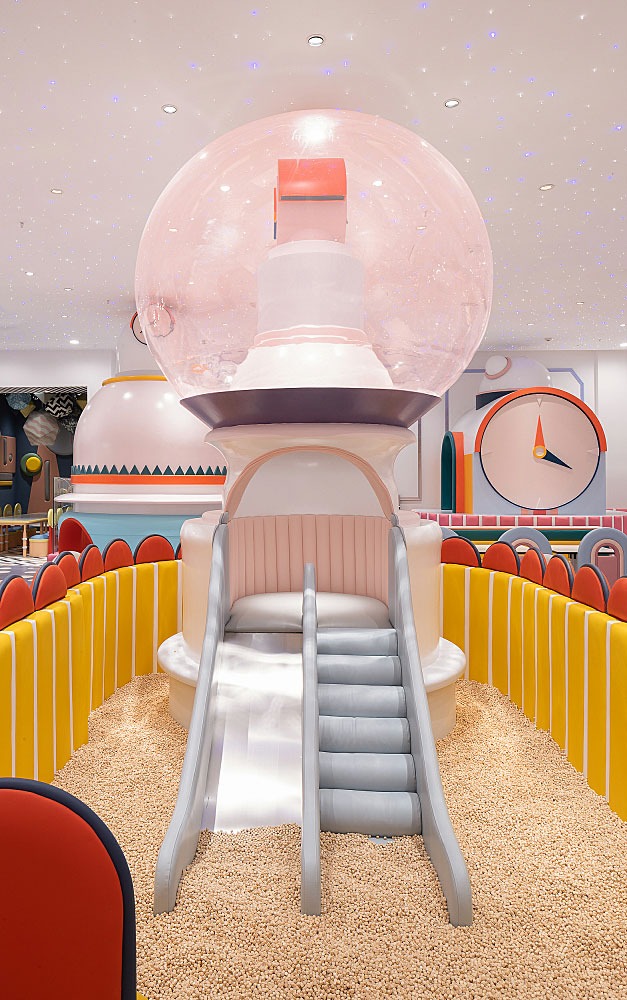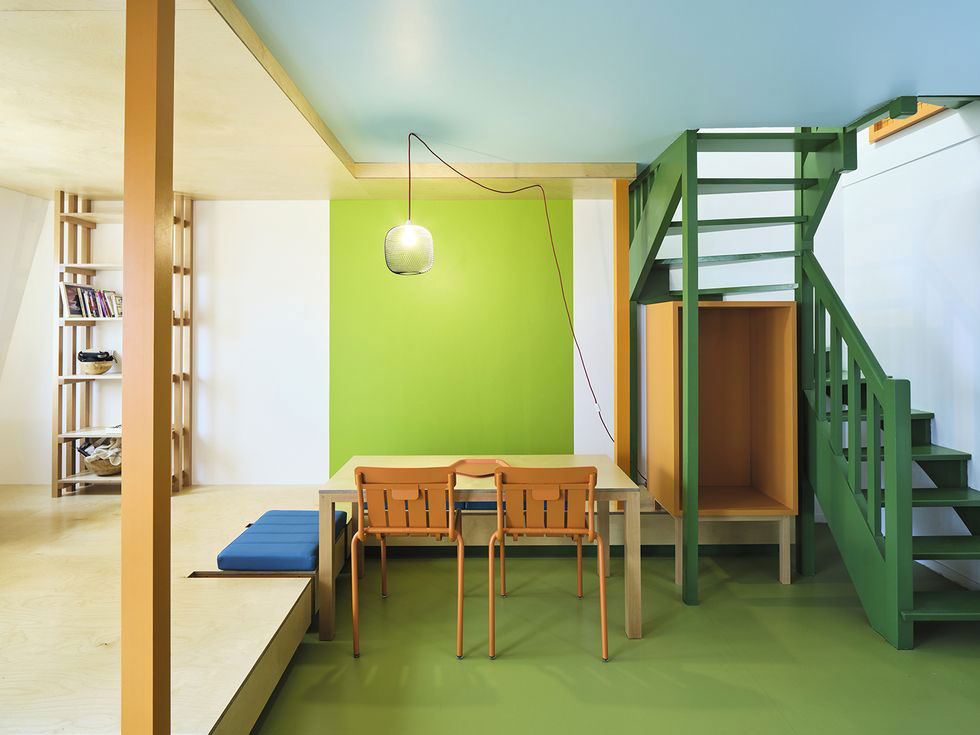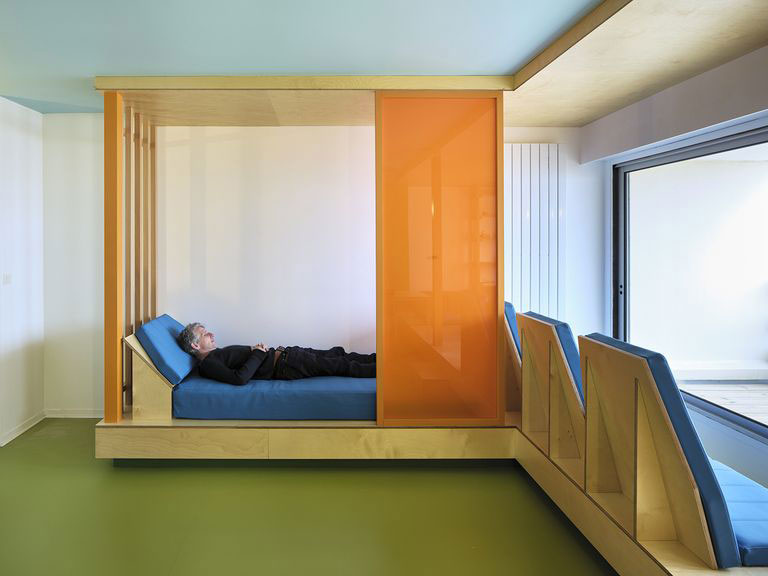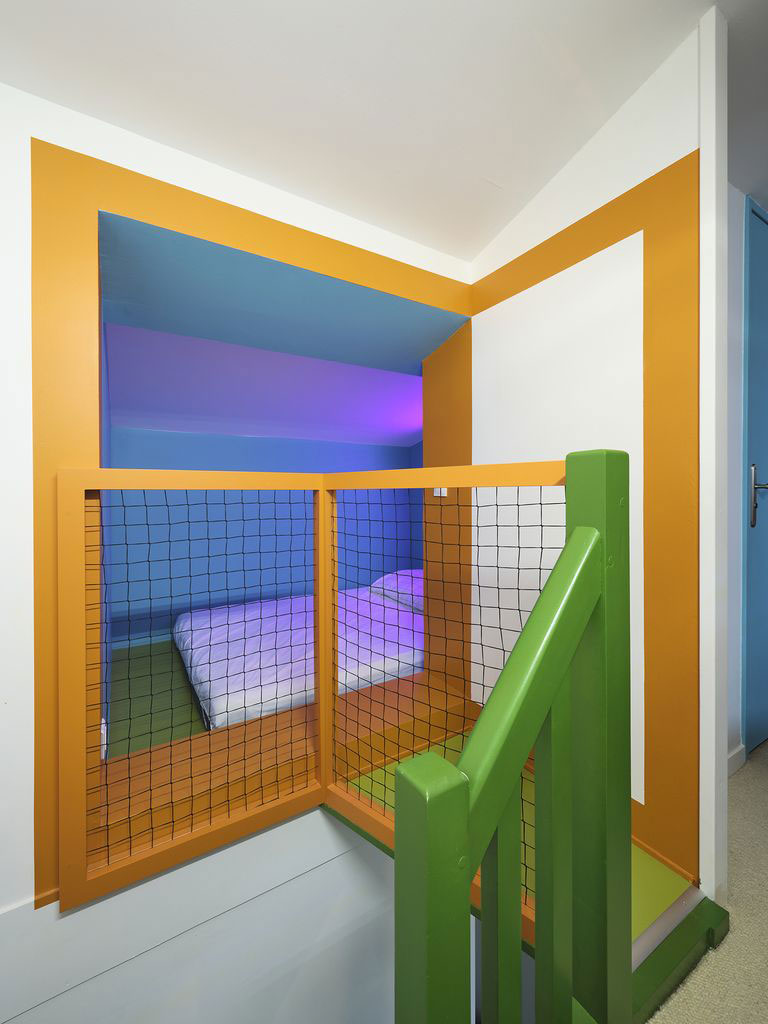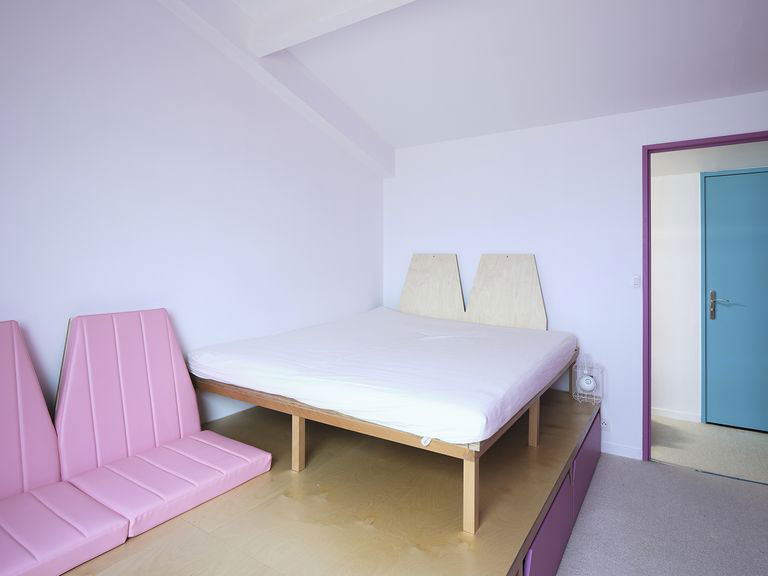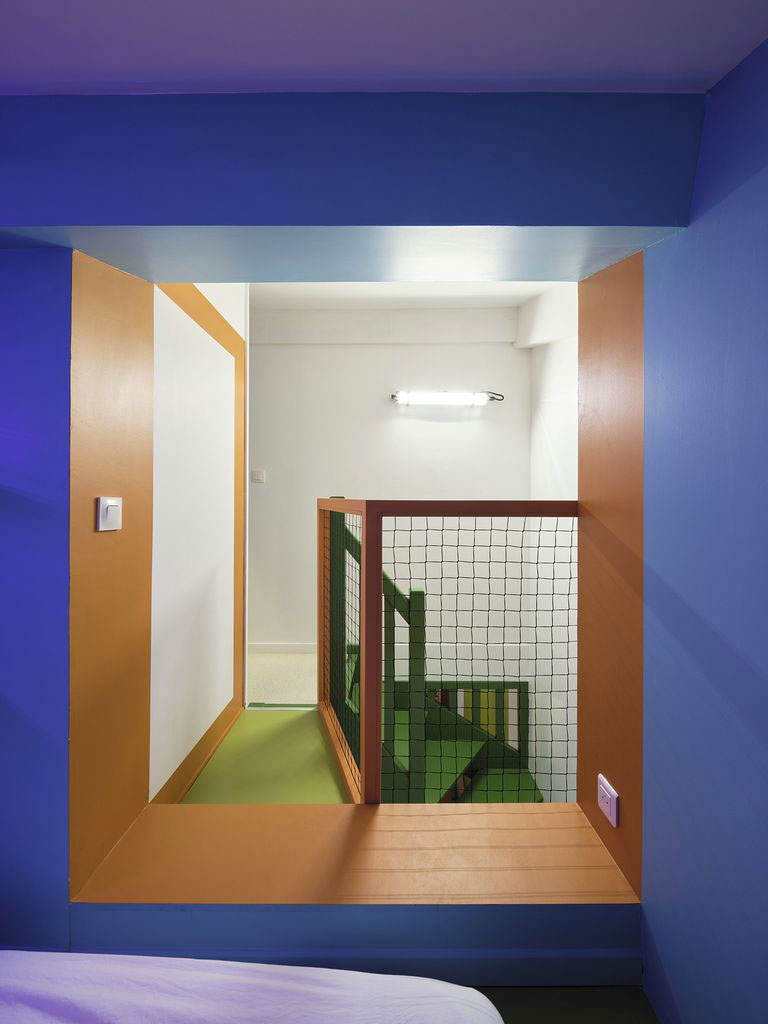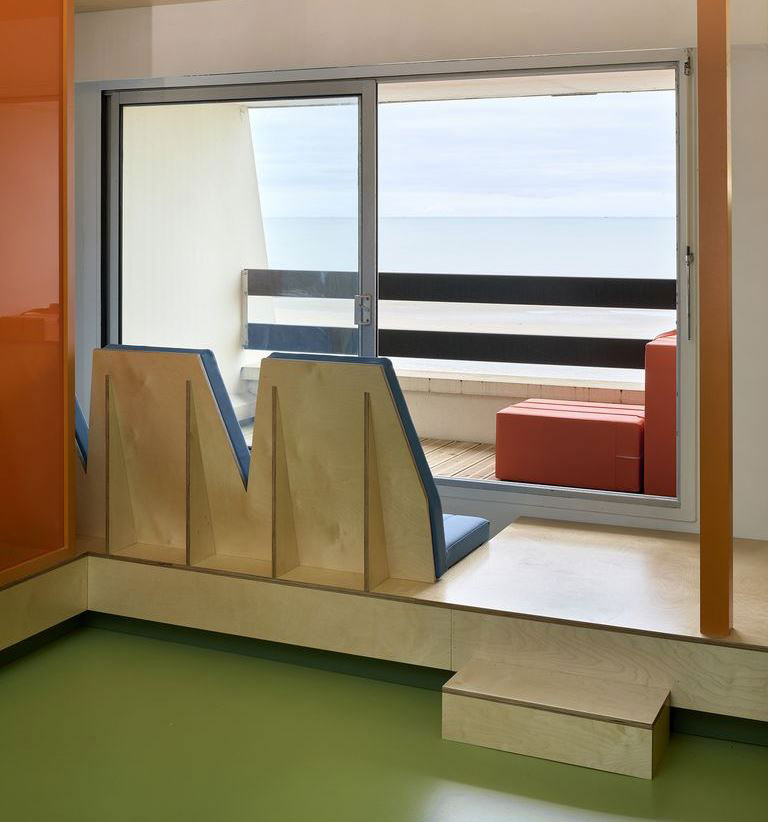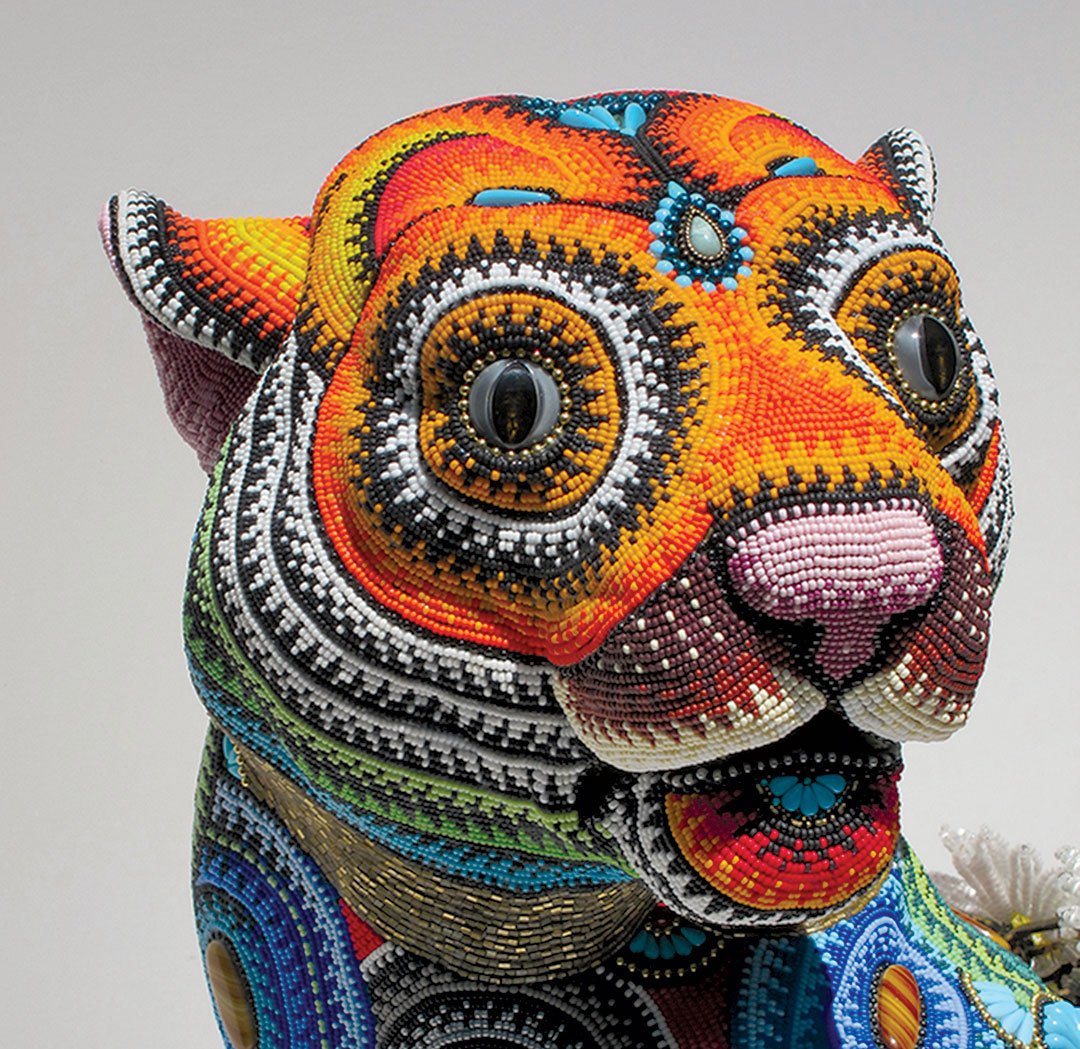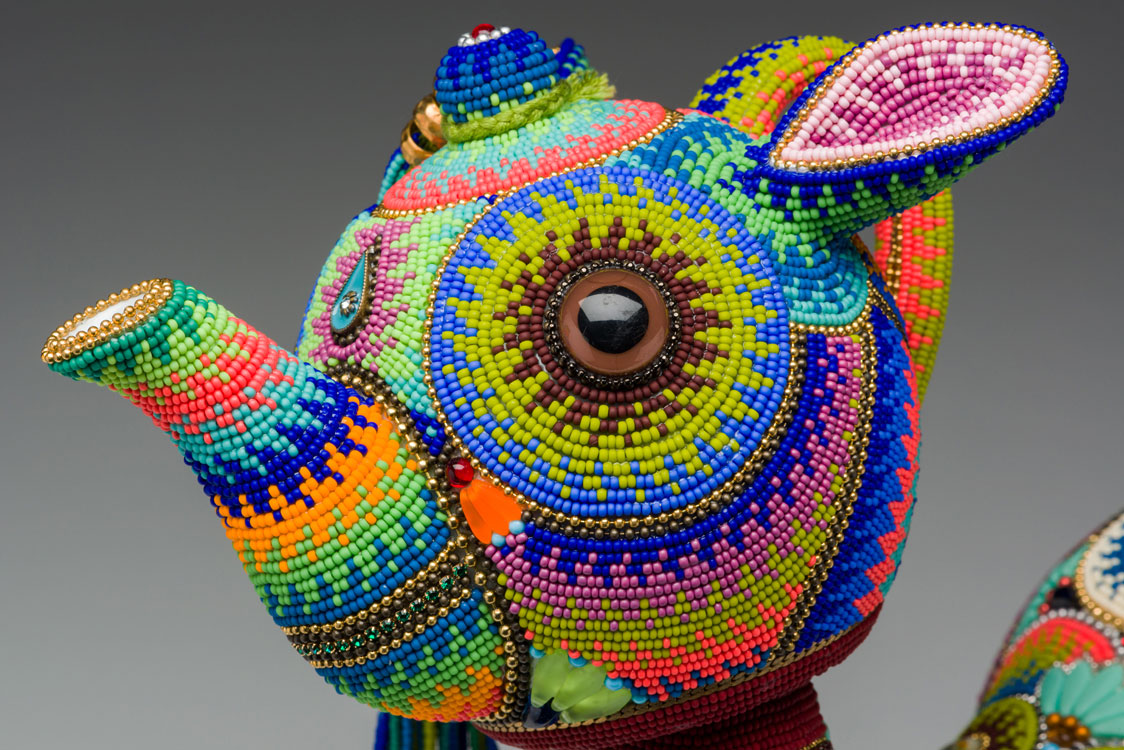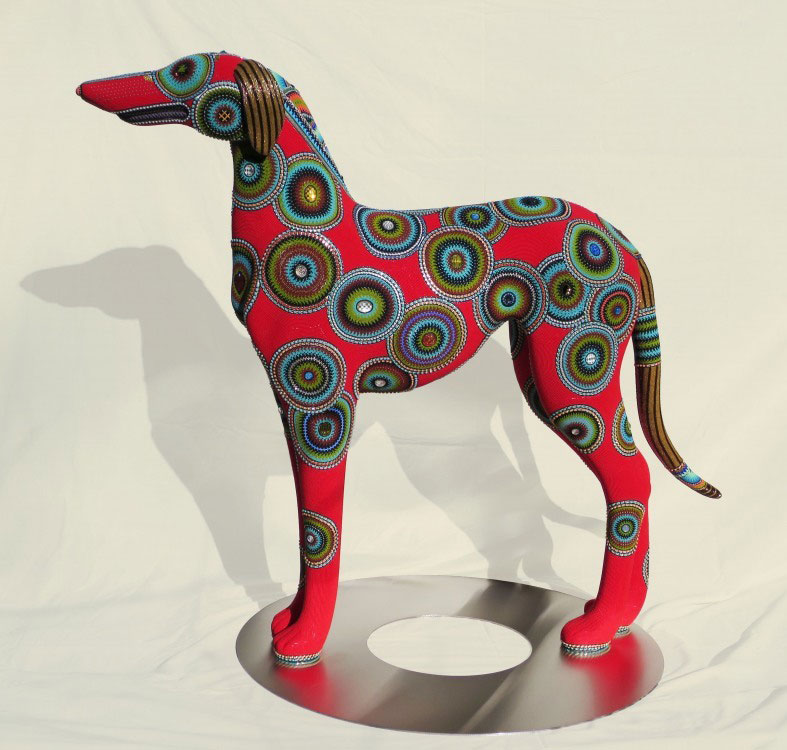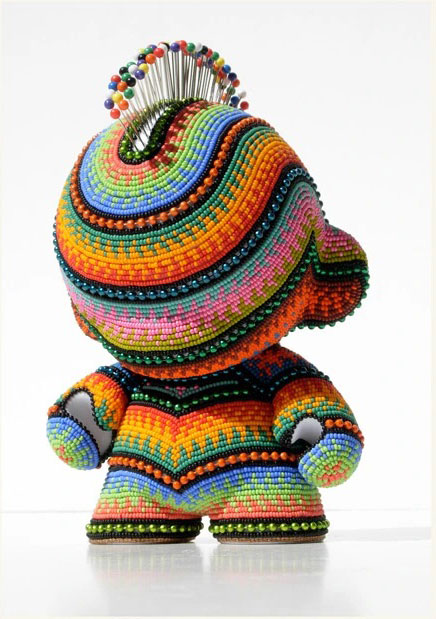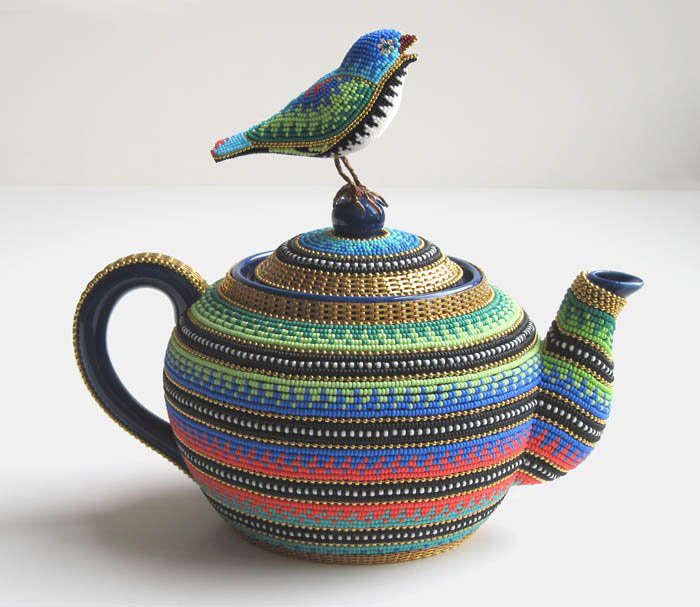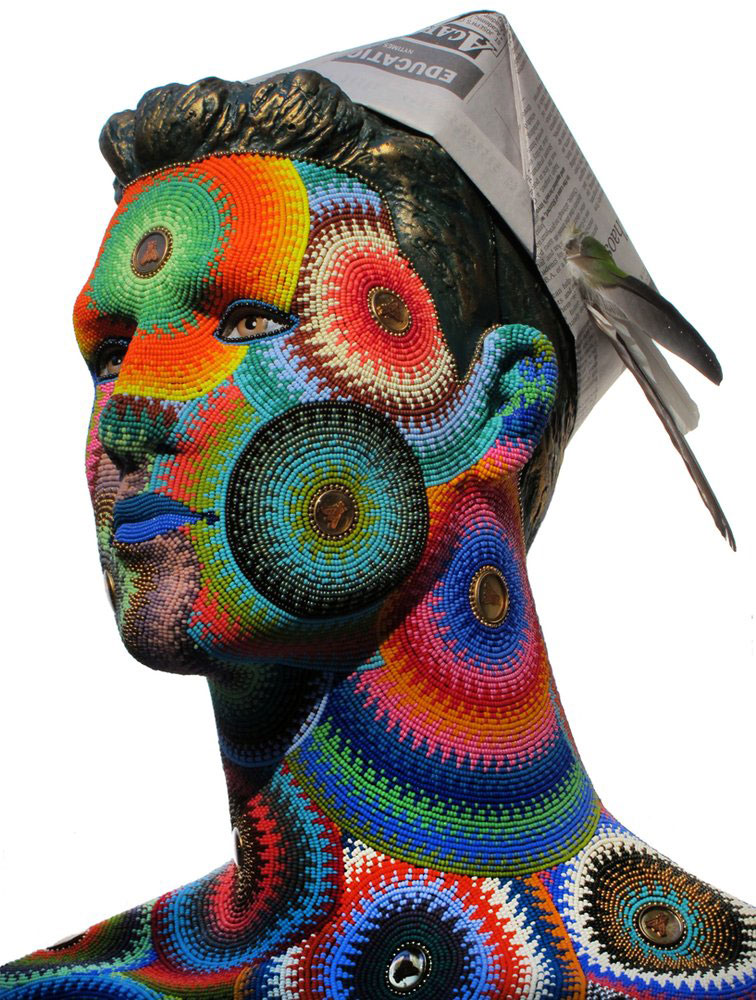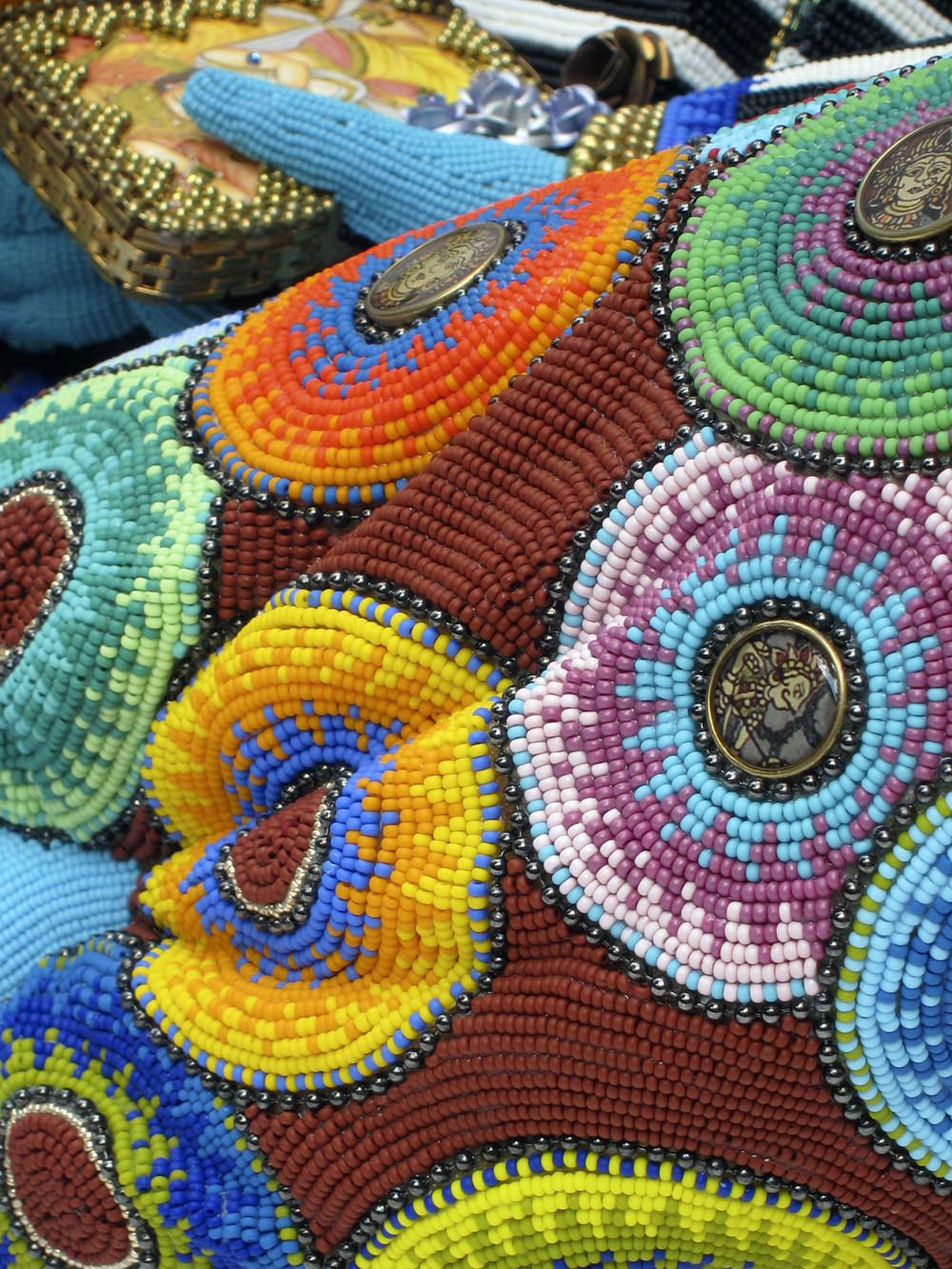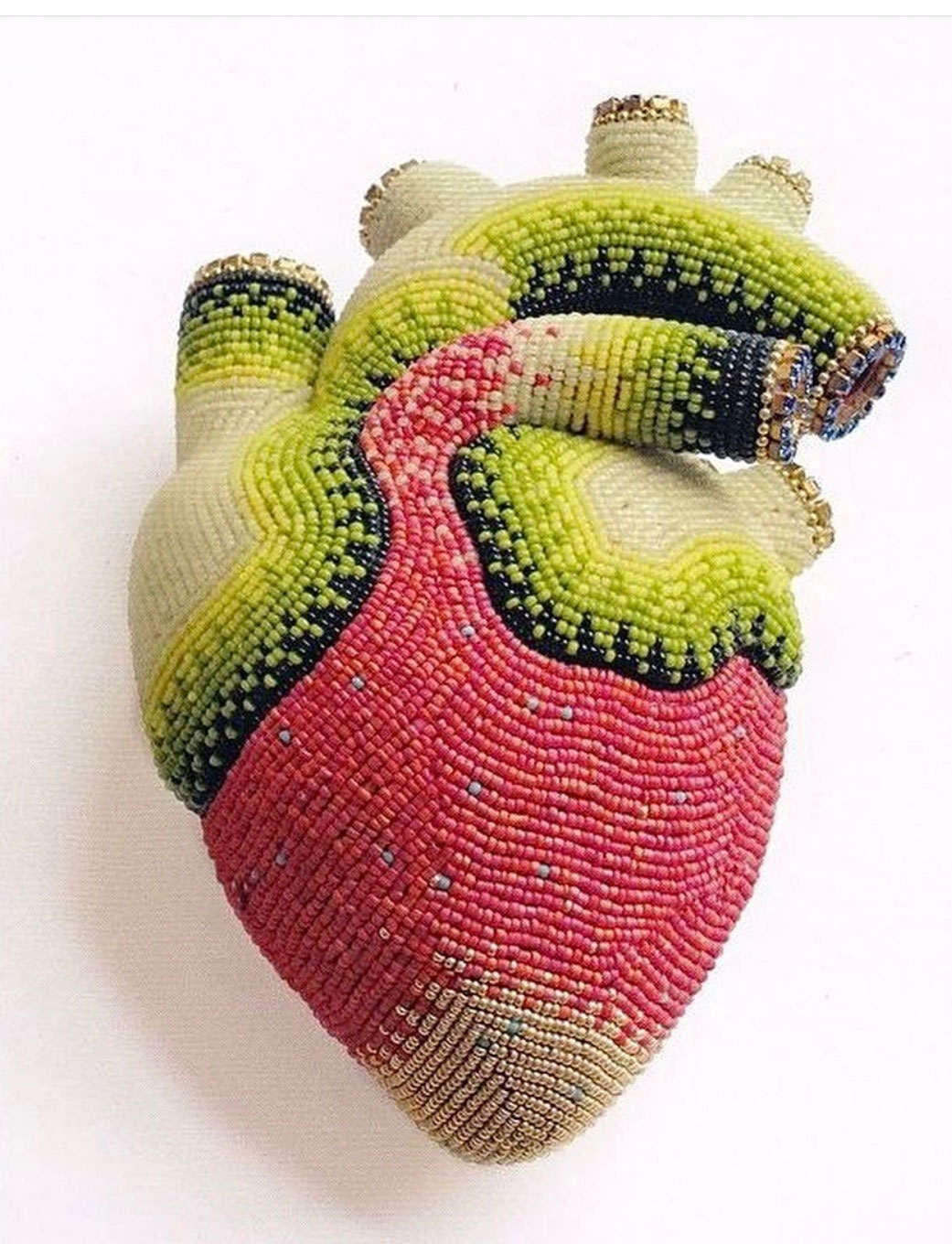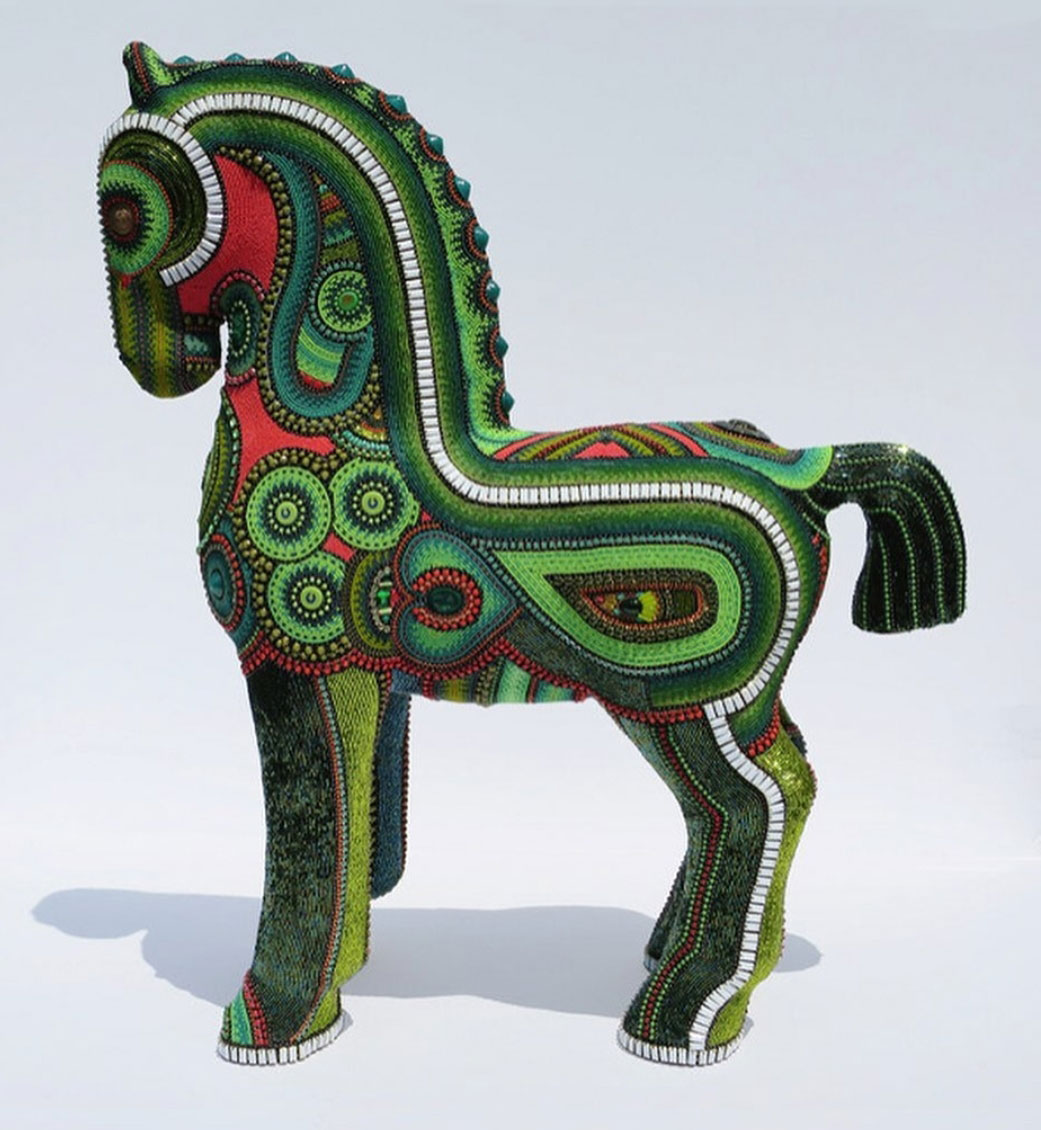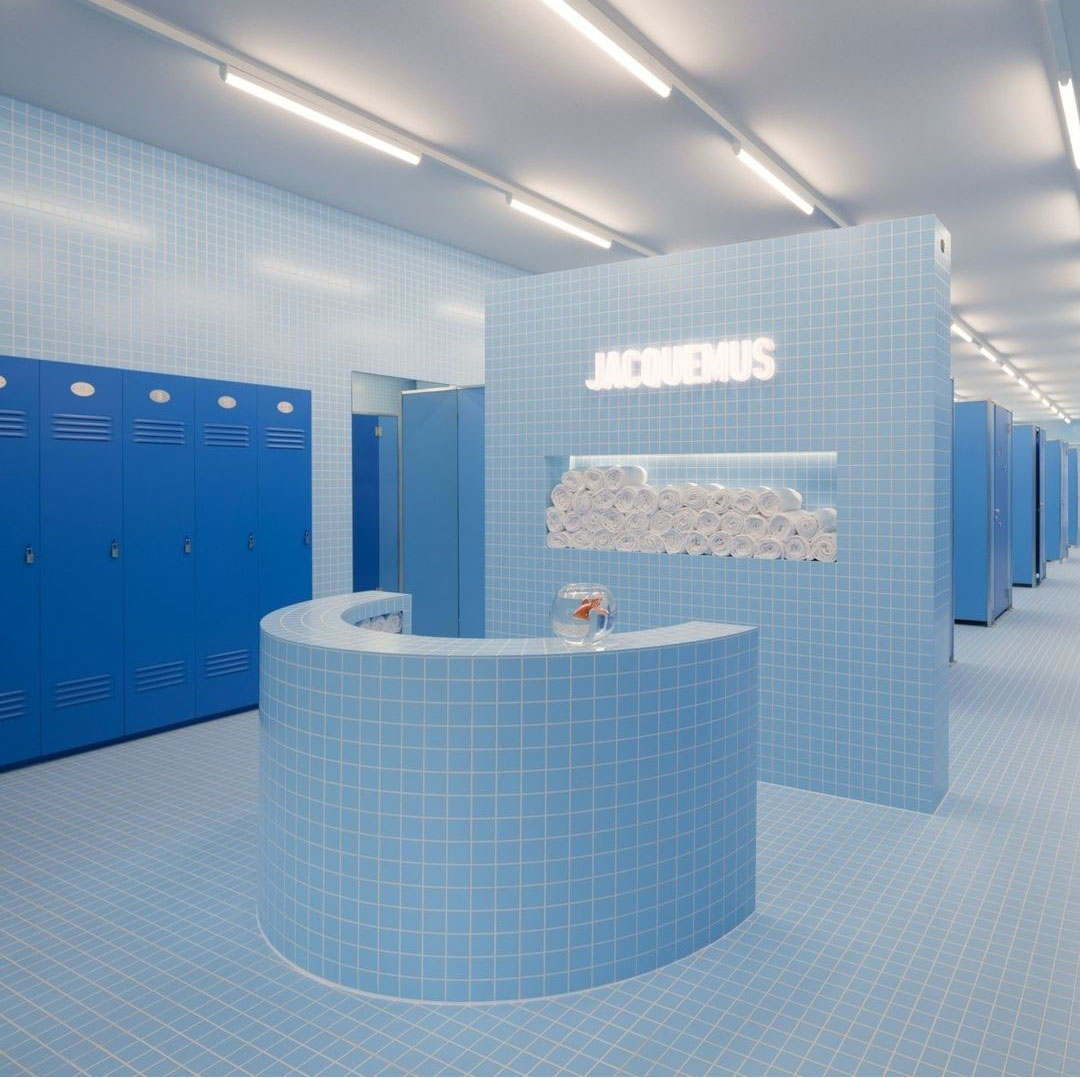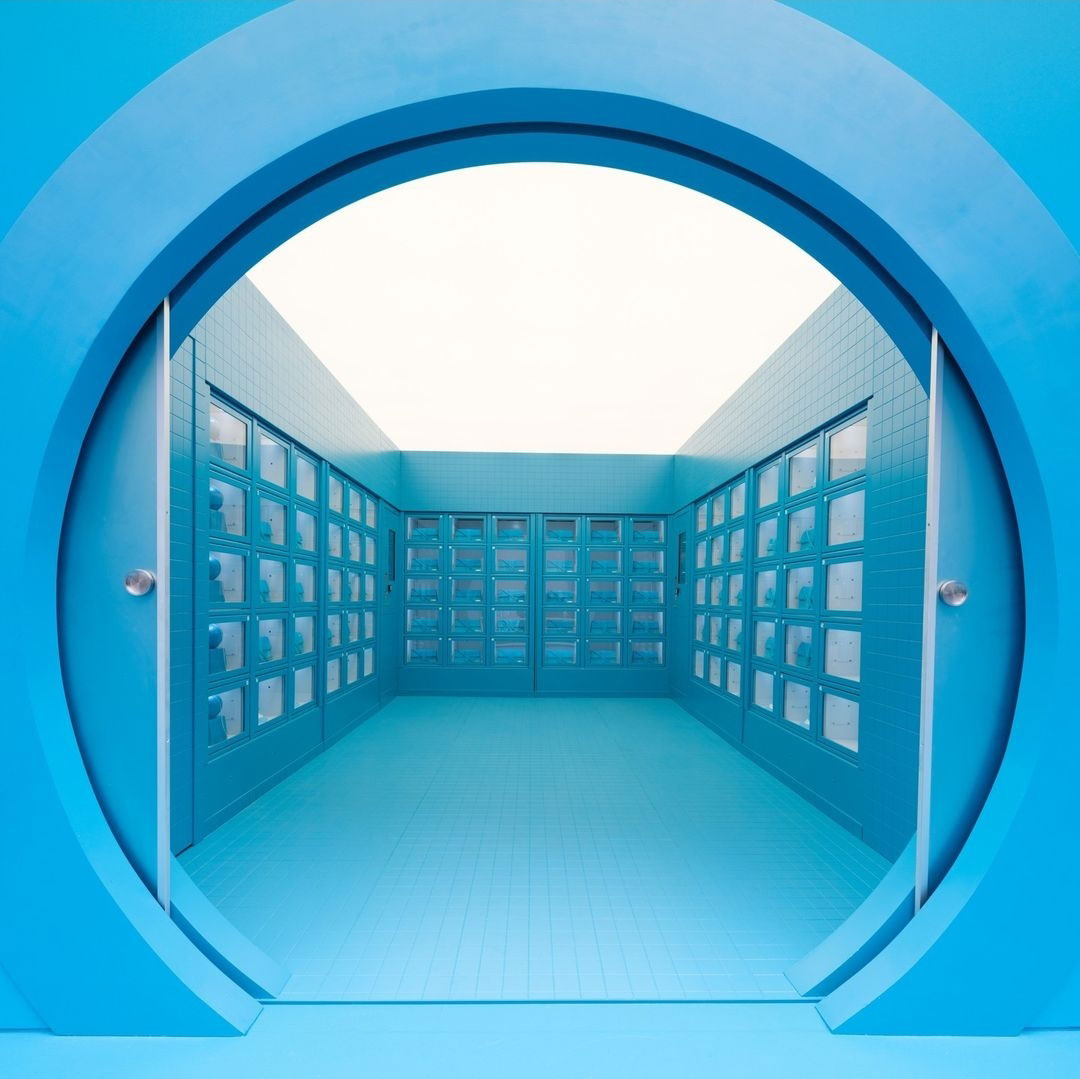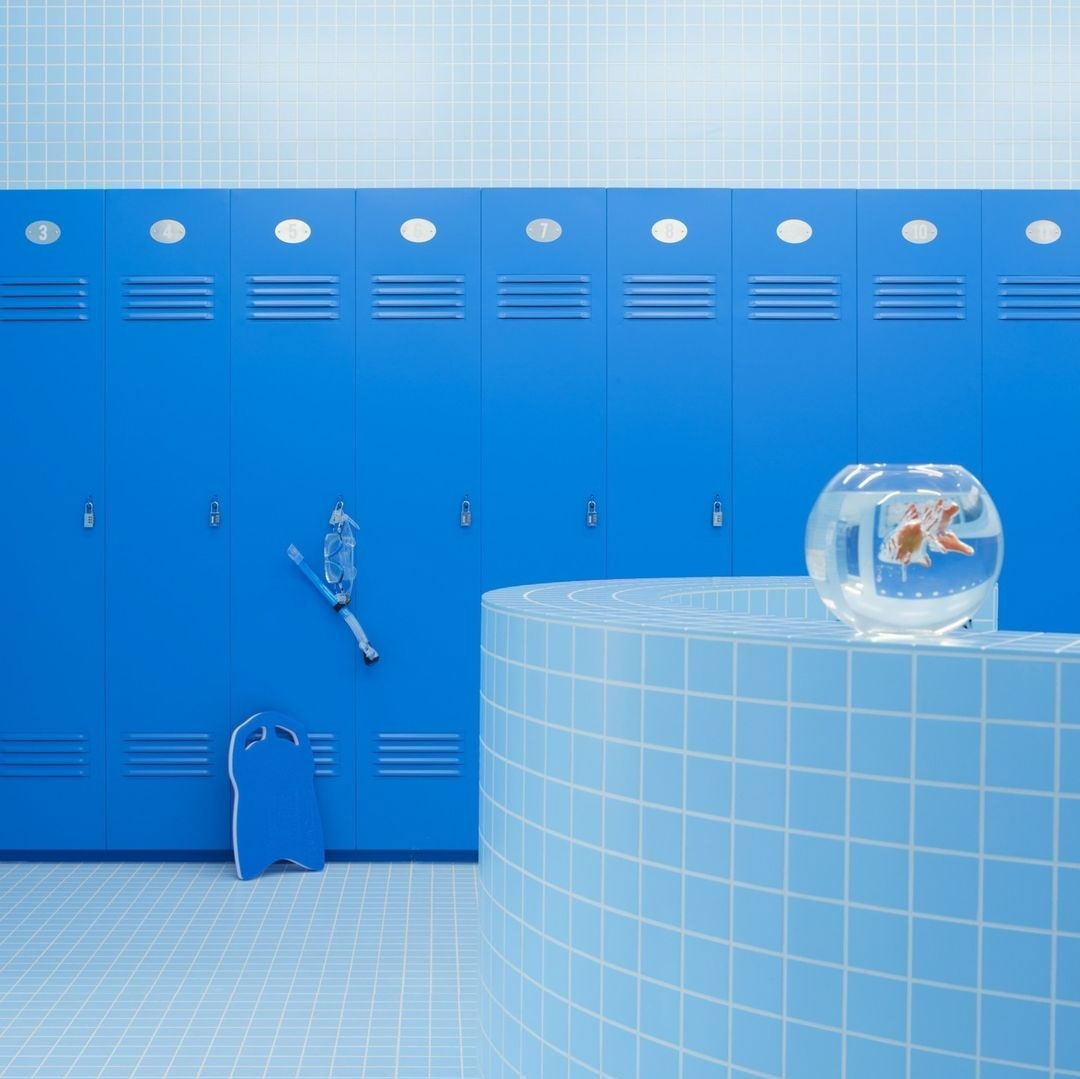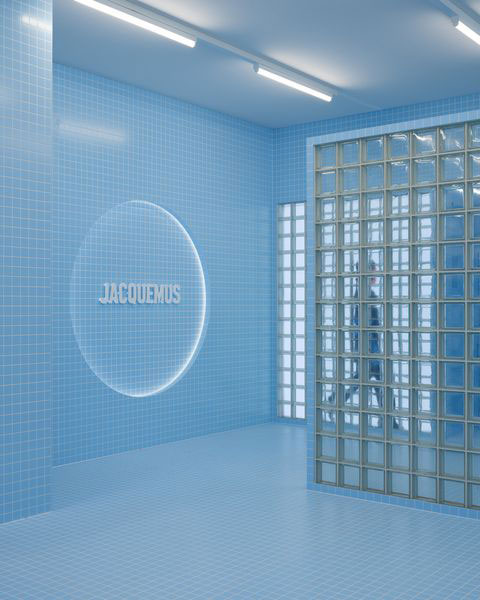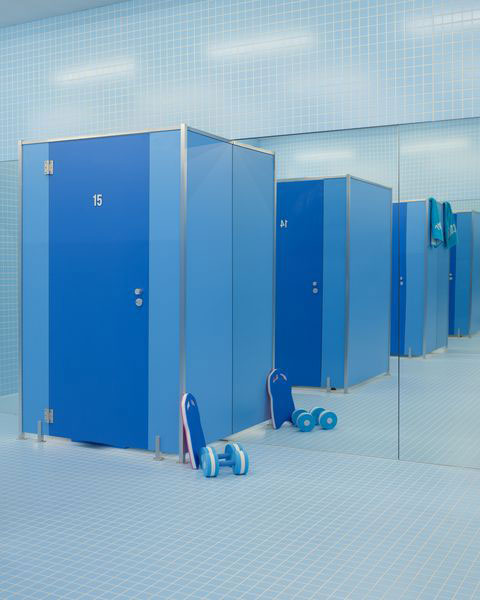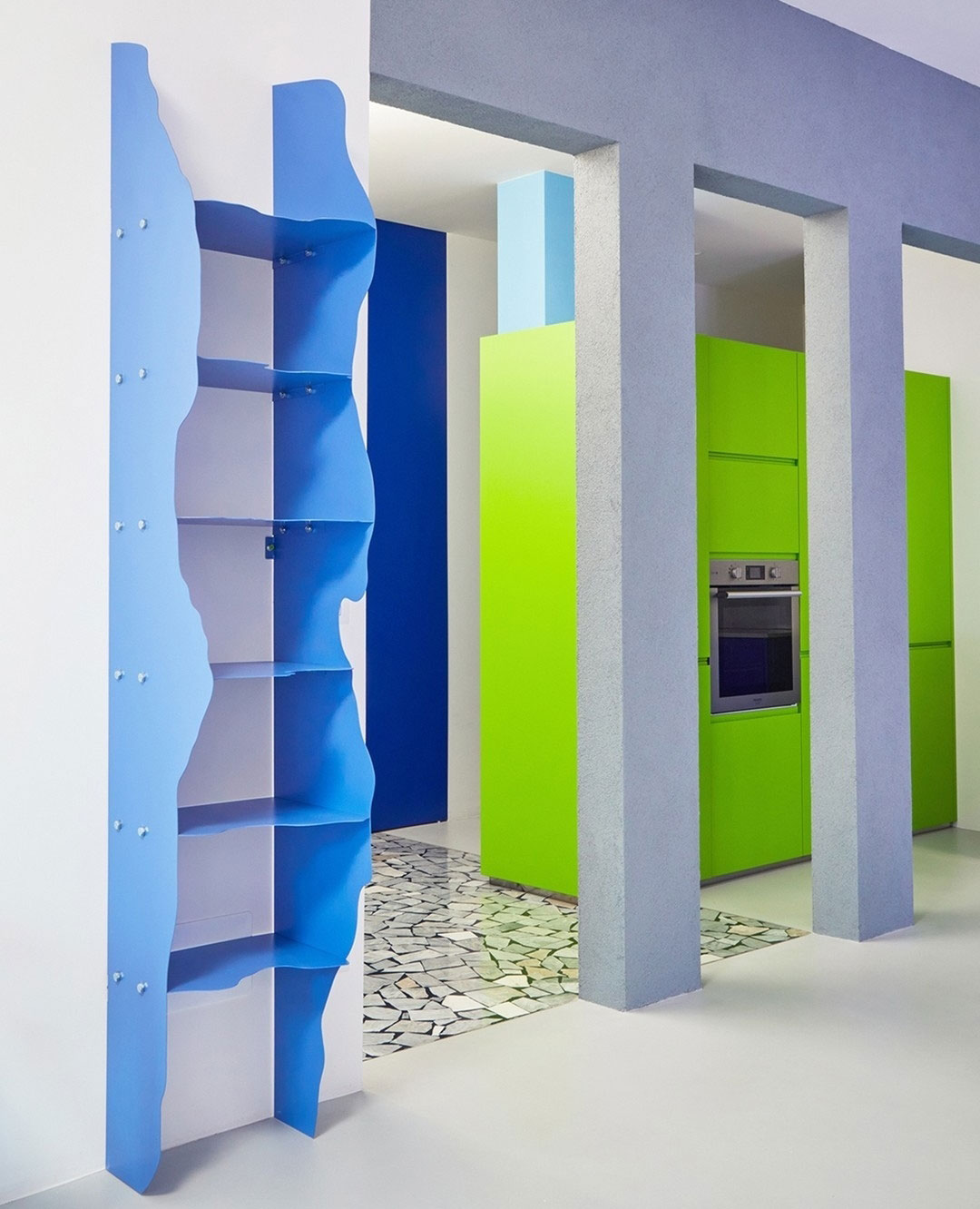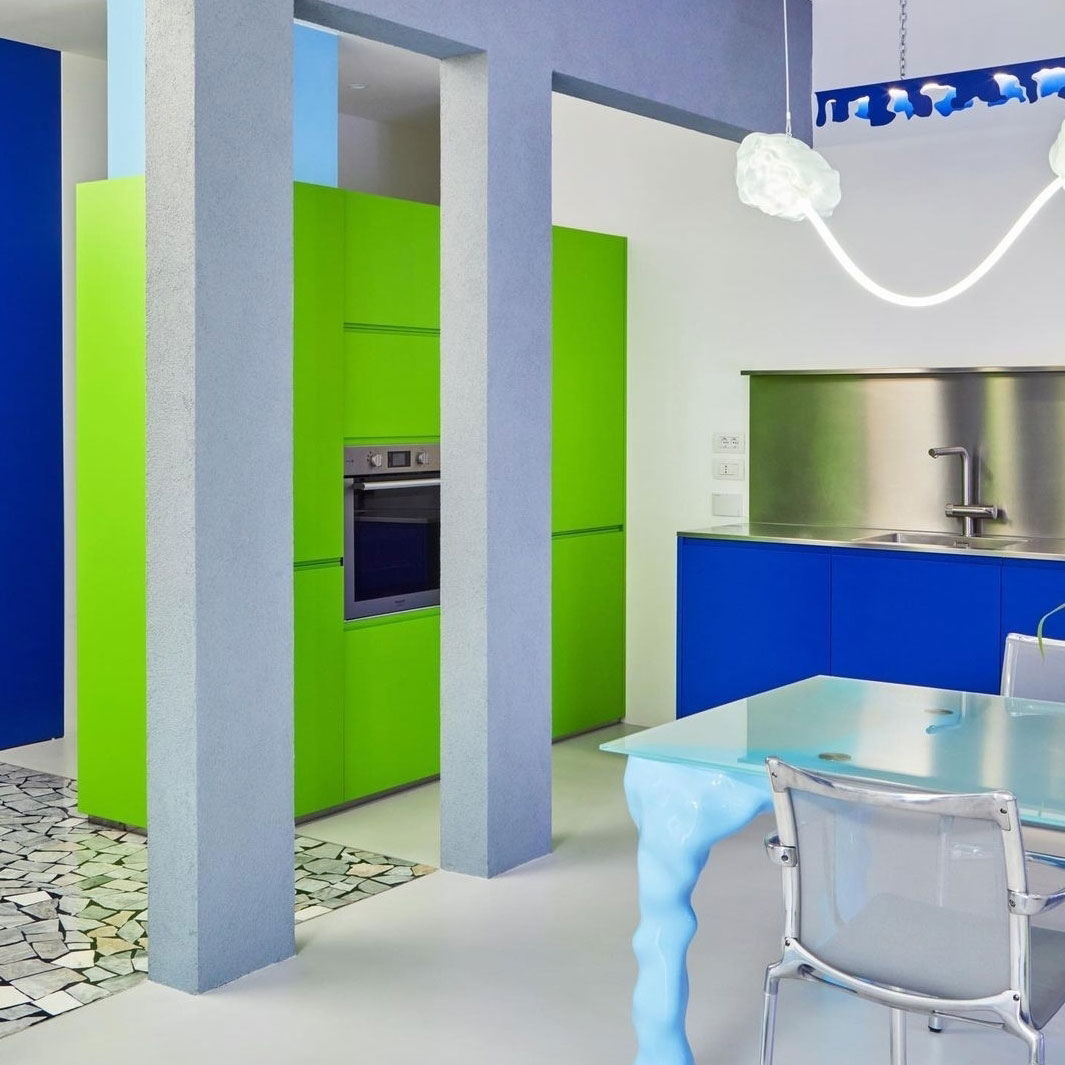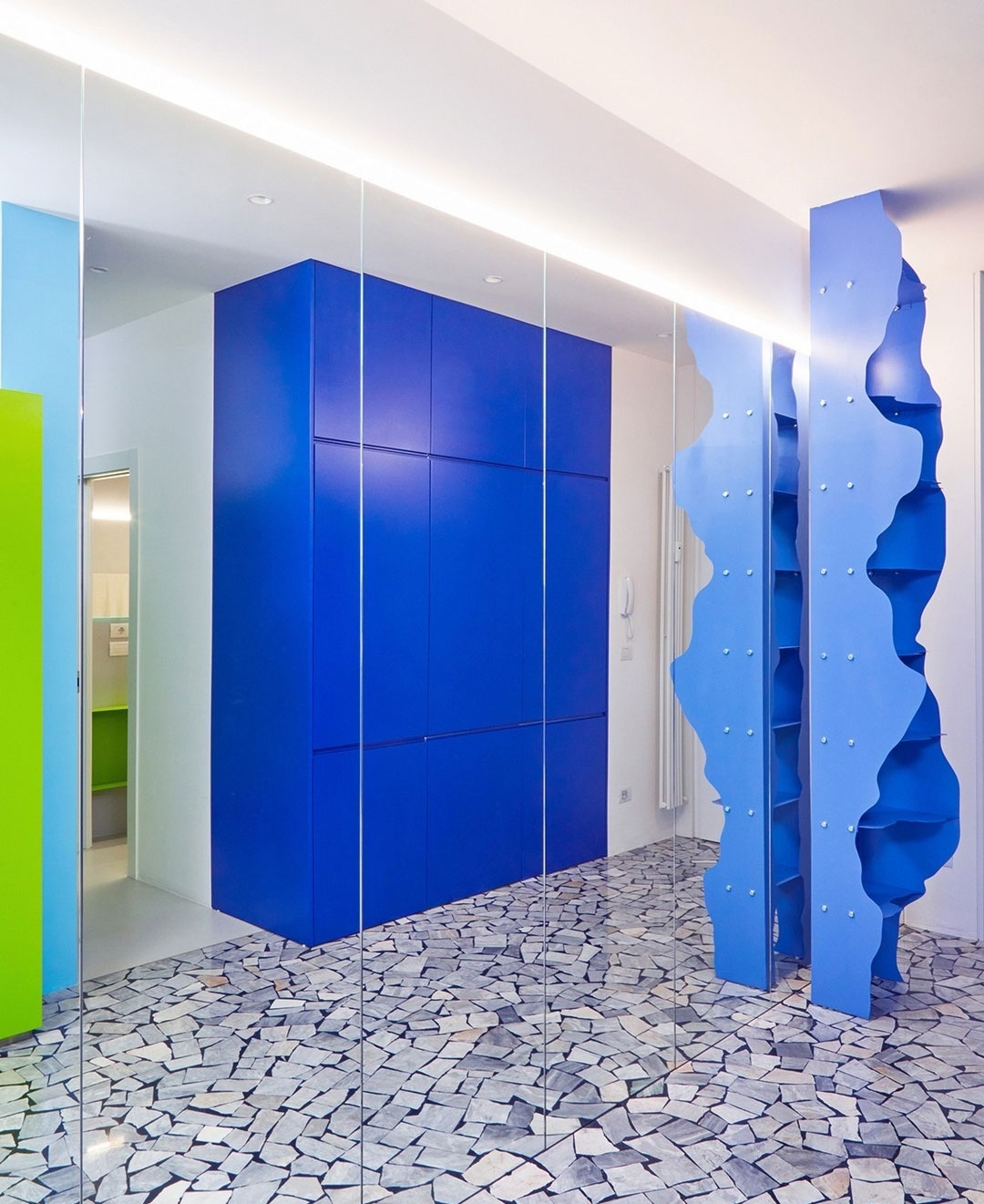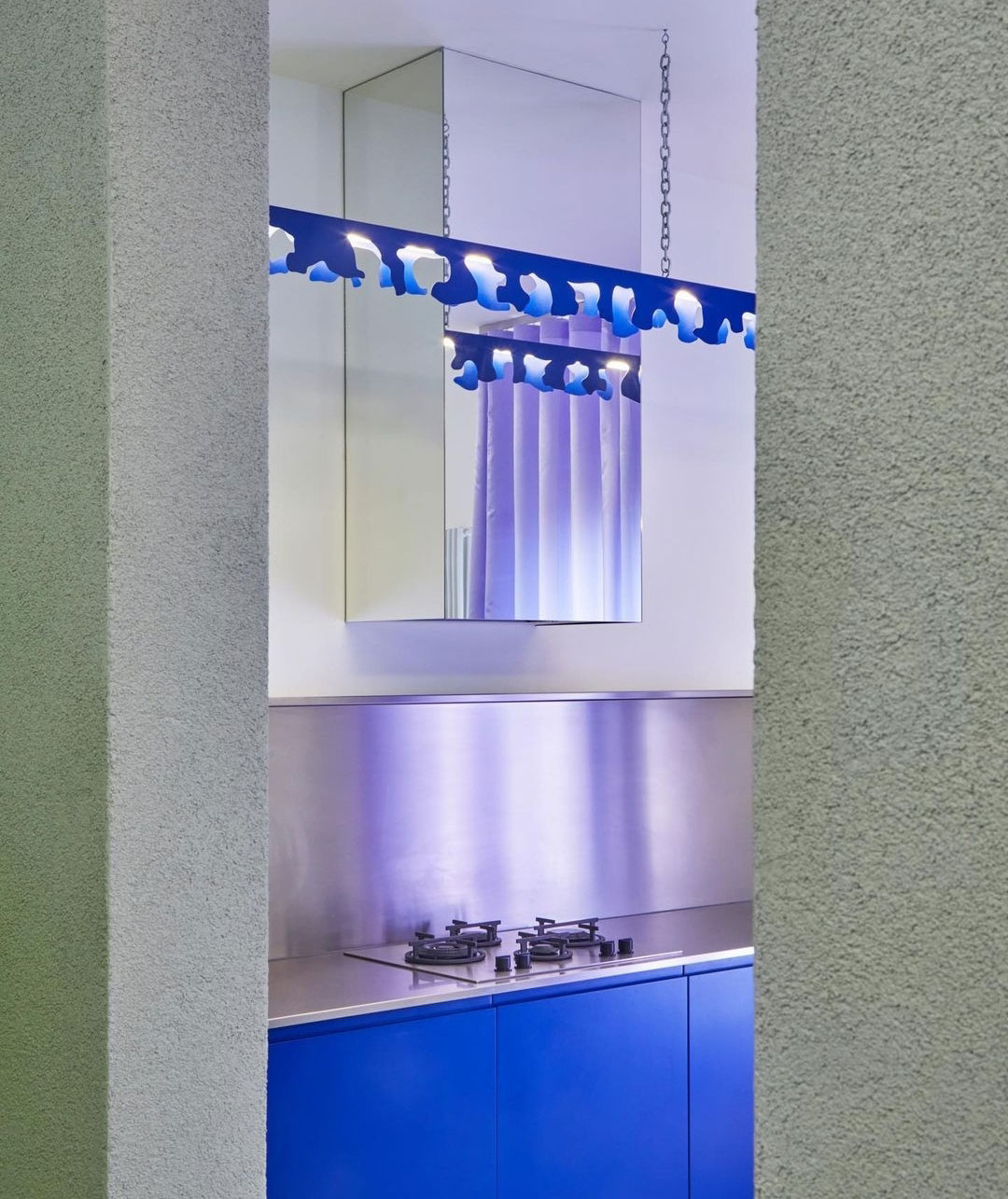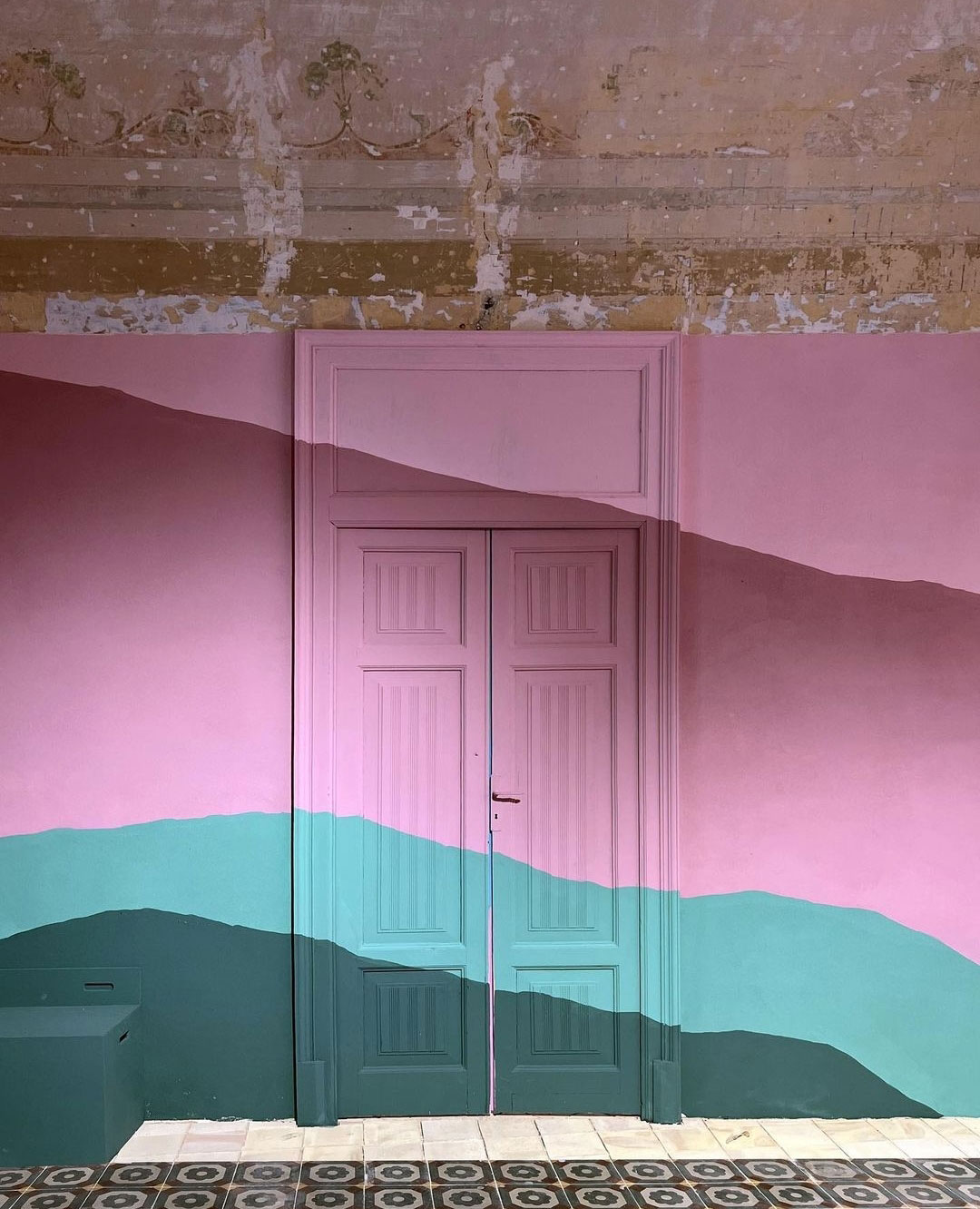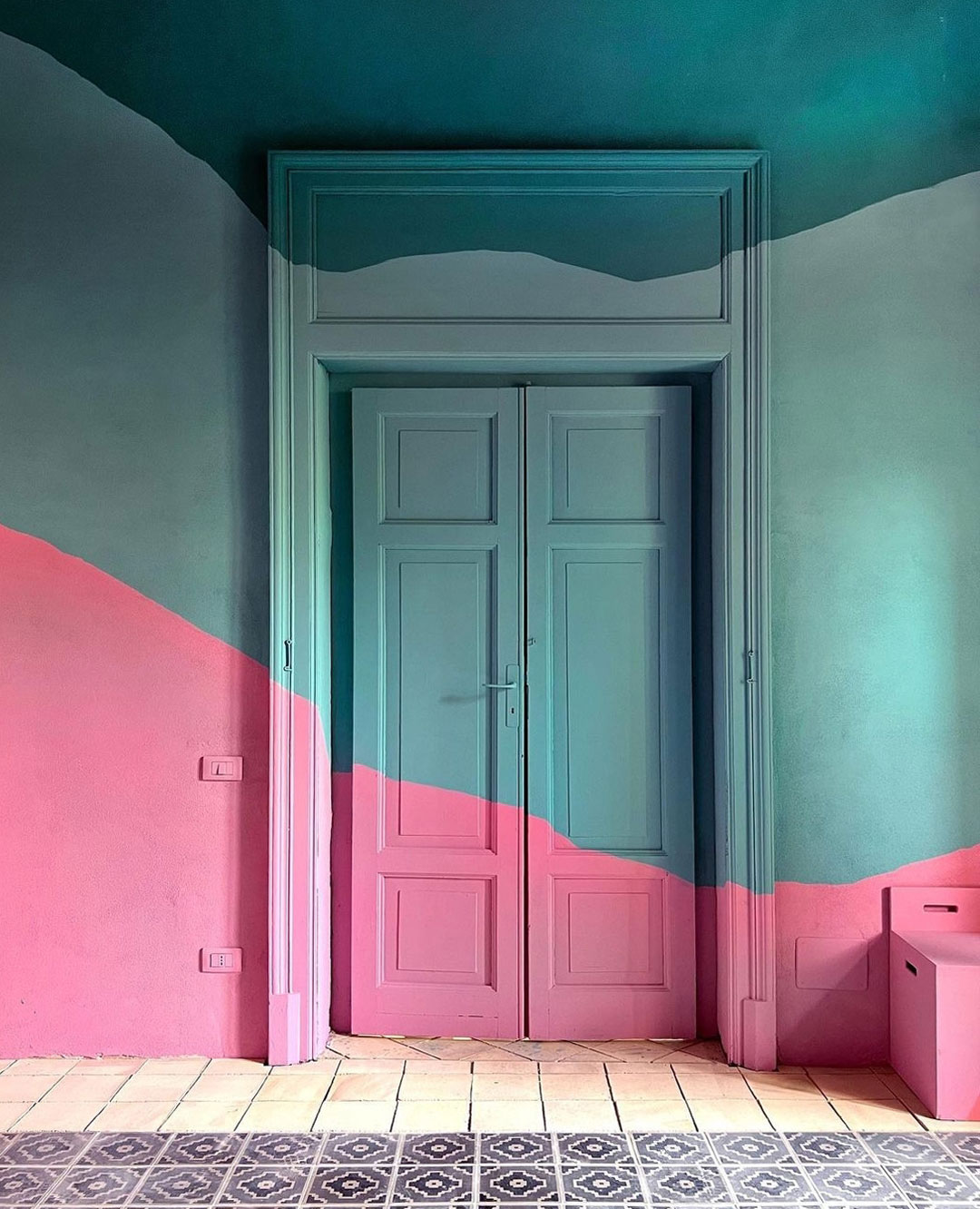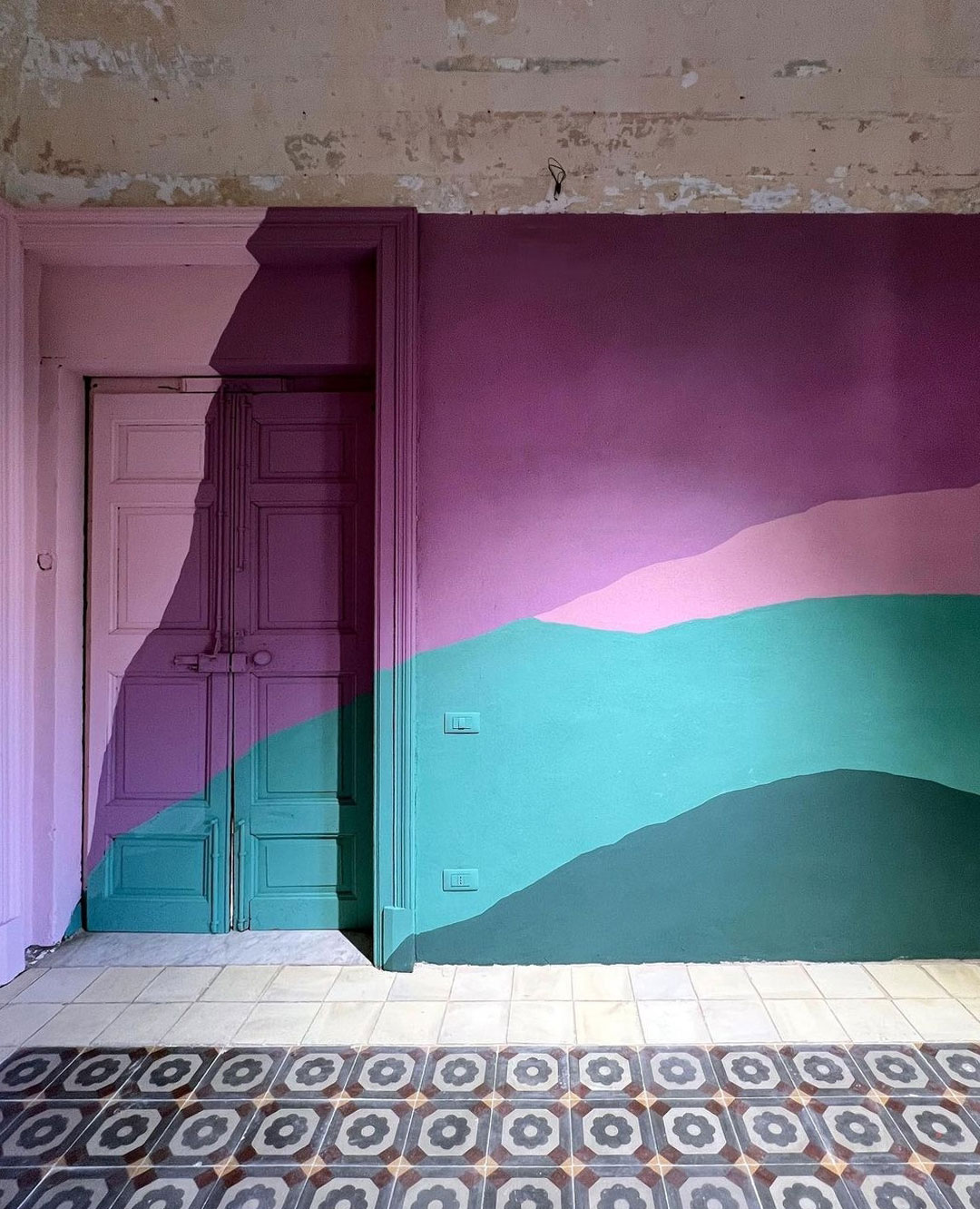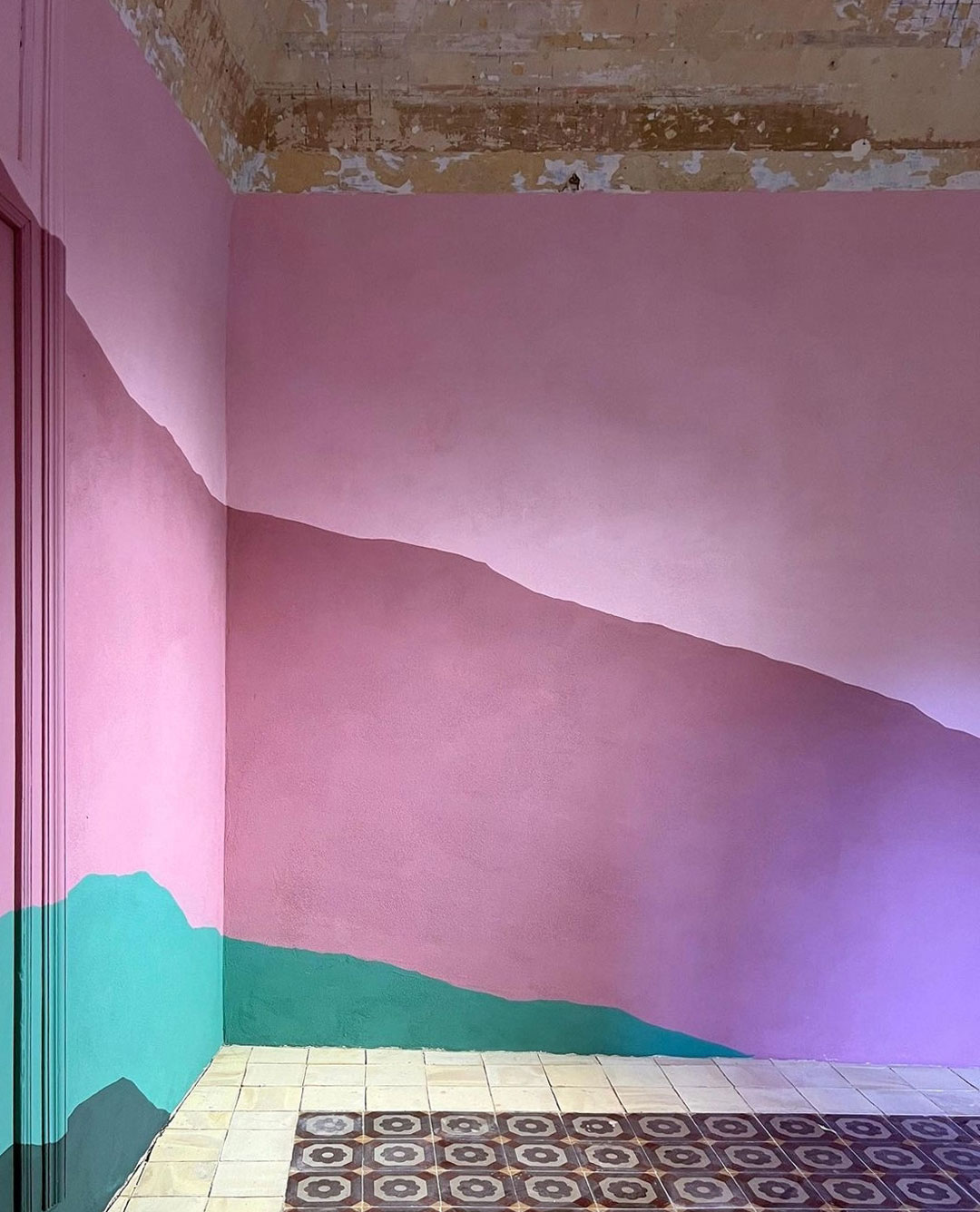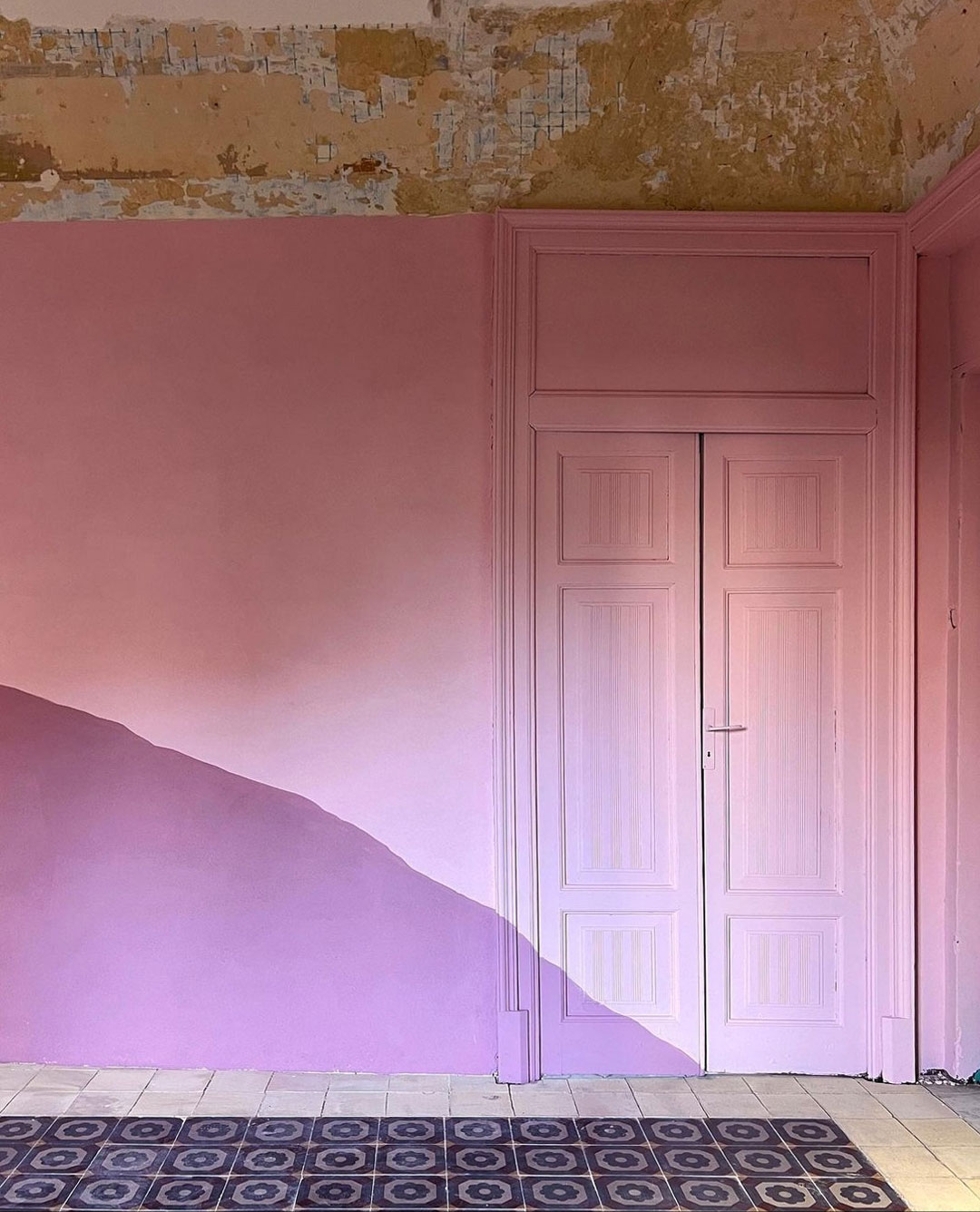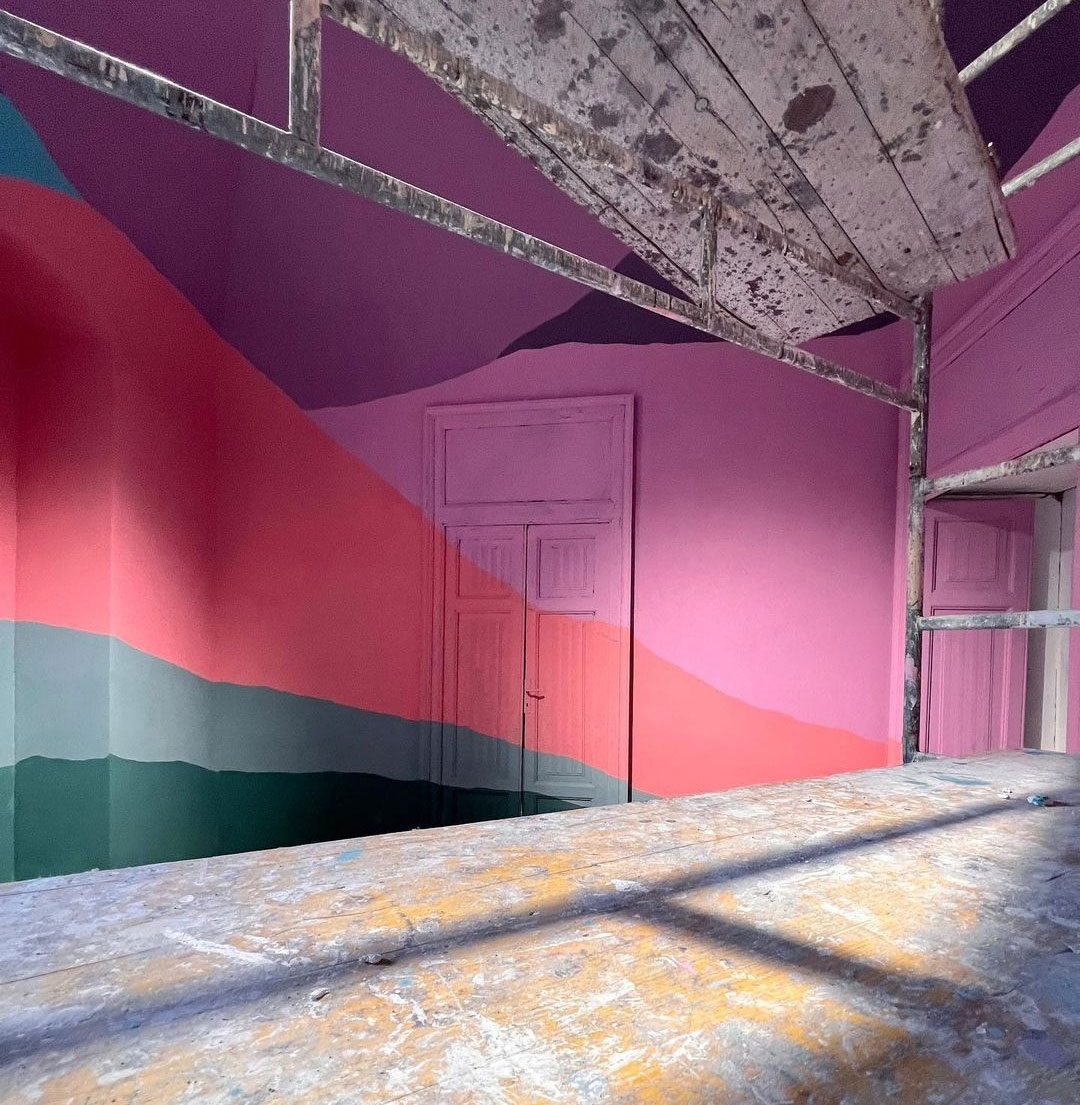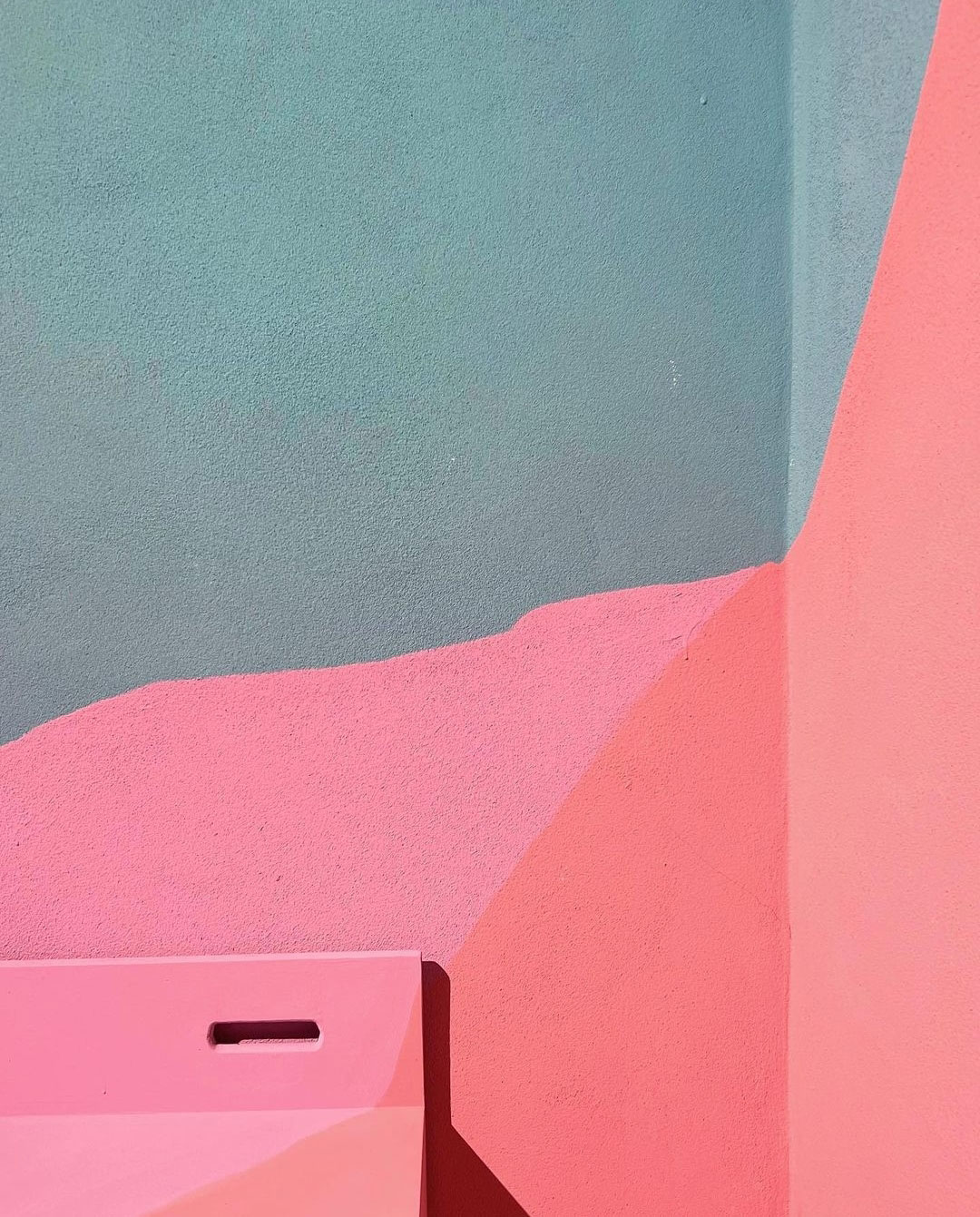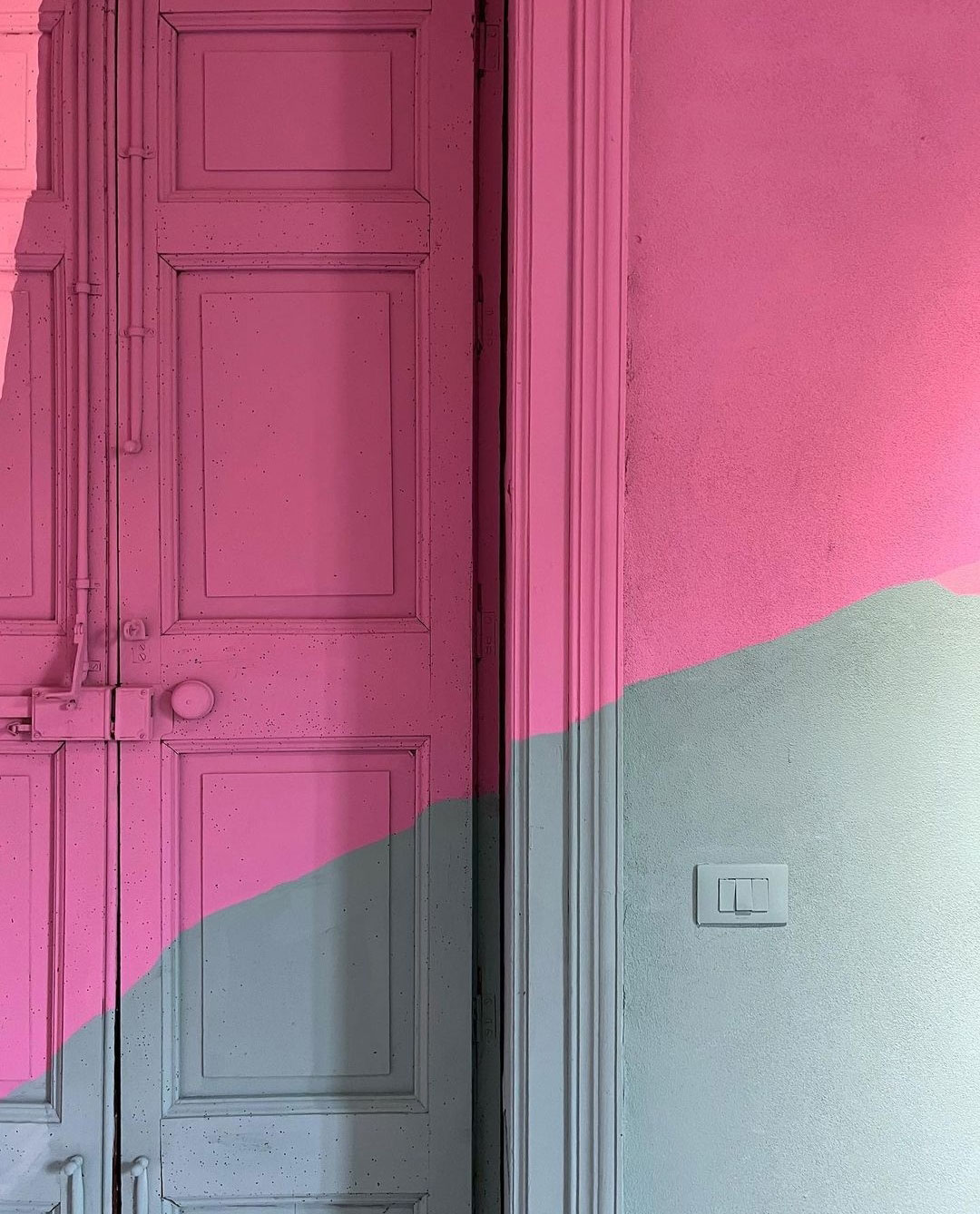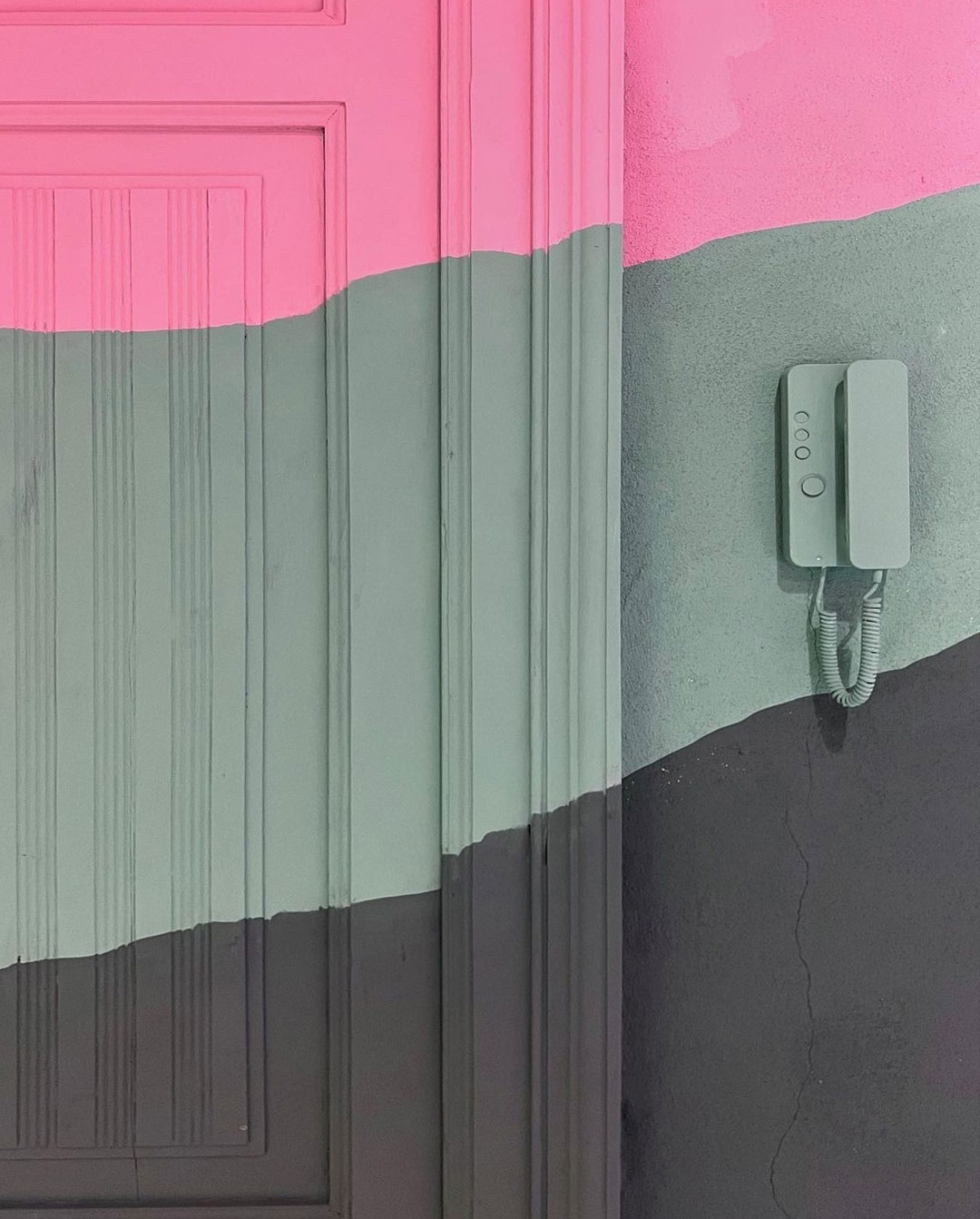PRANZO A OZ
INTERIOR | LI XIANG
Sembra che la designer Li Xiang abbia la fiaba nelle vene. Nelle sue realizzazioni, quasi tutte a carattere collettivo, regna un’atmosfera surreale, vicina alle ambientazioni cinematografiche del Mago di Oz.
Lo dimostra anche il ristorante Meland, a Wuhan, in Cina. Sebbene attestato nella categoria luxury, si propone come un’interessante formula di intrattenimento per famiglie, in cui coniugare cibo, gioco e spettacolo visivo. Il paesaggio è dominato da arredi giocosi e da elementi decorativi sognanti, in cui si alternano tinte pastello e toni più audaci.
Le colonne simili a camini sono ricoperte di bolle trasparenti in policarbonato rosa pallido, al cui interno si trova l’area giochi per i bambini. Lì attorno sono distribuiti i tavoli da pranzo, soluzione che rende più facile per i genitori la sorveglianza.
Lunch in Oz – It seems that designer Li Xiang has a fairy tale in her veins. In her creations, almost all of a collective nature, a surreal atmosphere reigns, close to the cinematic settings of the Wizard of Oz.
This is also demonstrated by the Meland restaurant in Wuhan, China. Although certified in the luxury category, it is proposed as an interesting entertainment formula for families, in which to combine food, games and visual entertainment. The landscape is dominated by playful furnishings and dreamy decorative elements, in which pastel shades alternate with bolder tones.
The chimney-like columns are covered with transparent bubbles in pale pink polycarbonate, inside which is the children’s play area. The dining tables are scattered around there, a solution that makes surveillance easier for parents.

